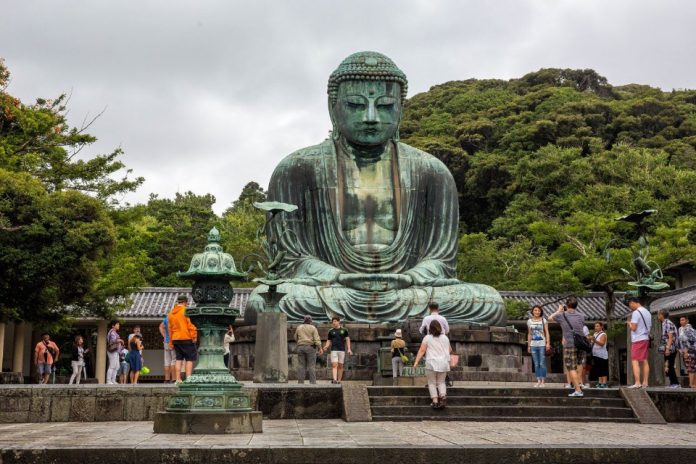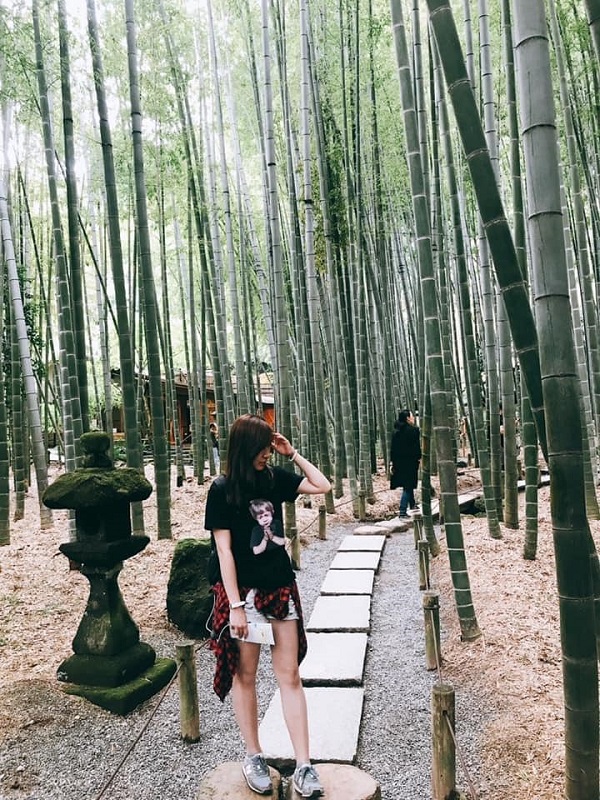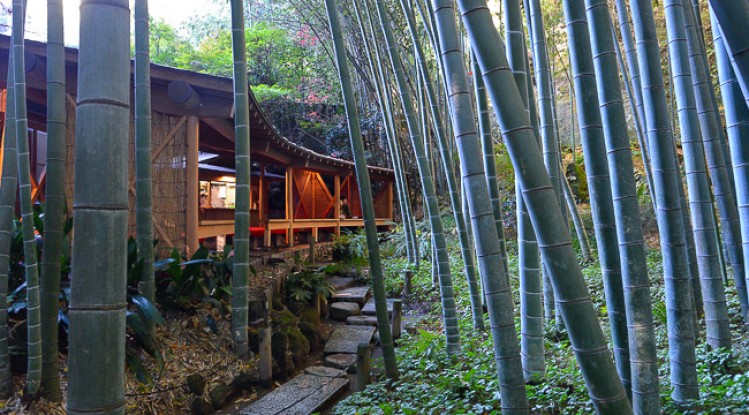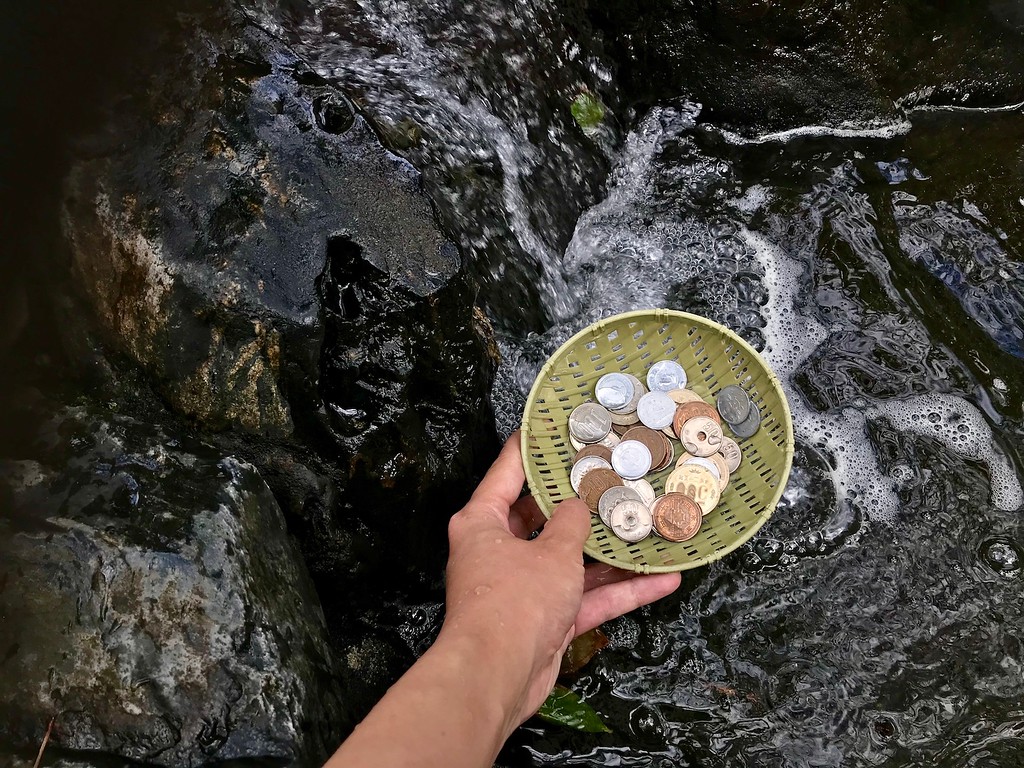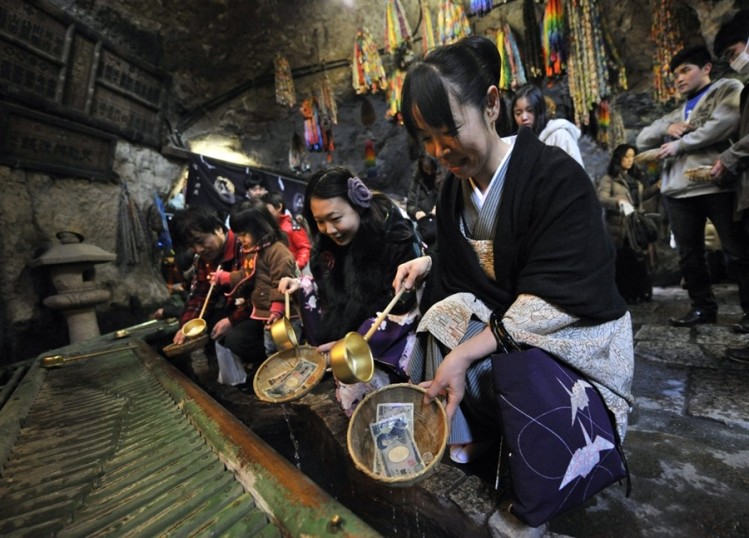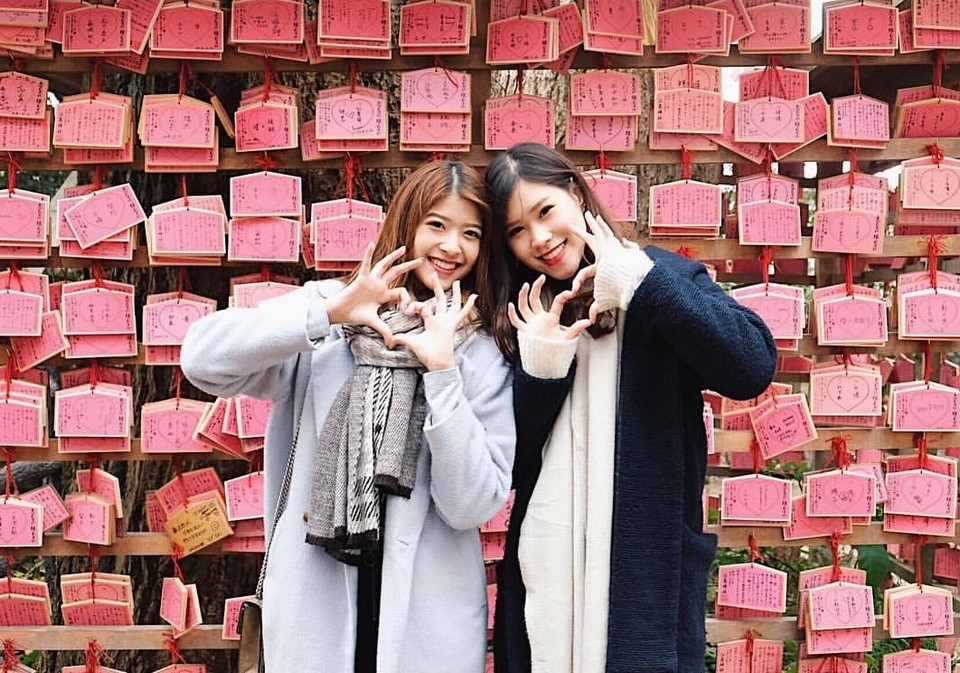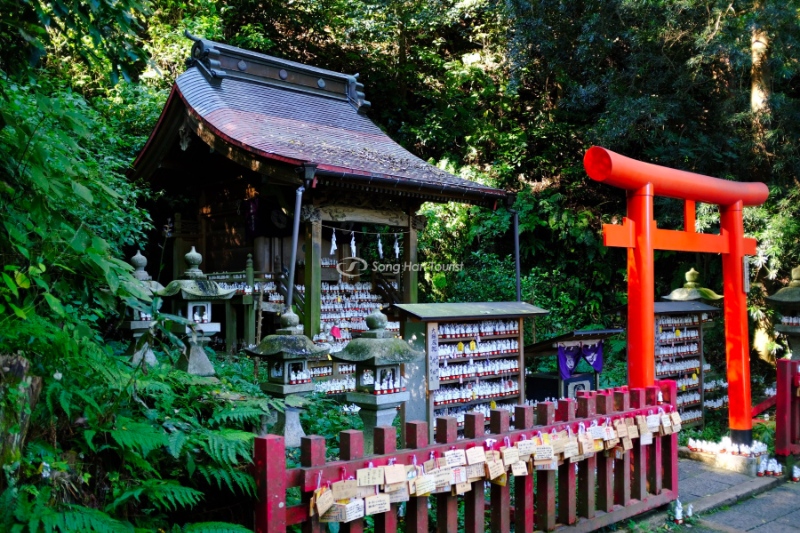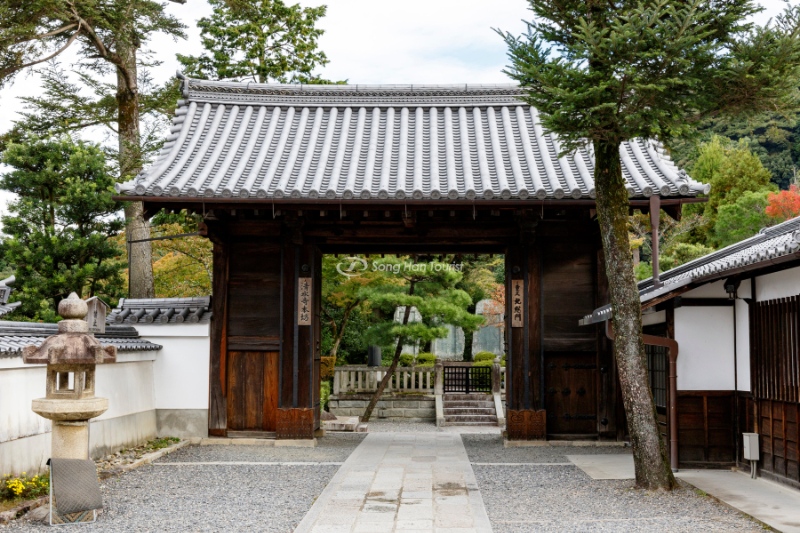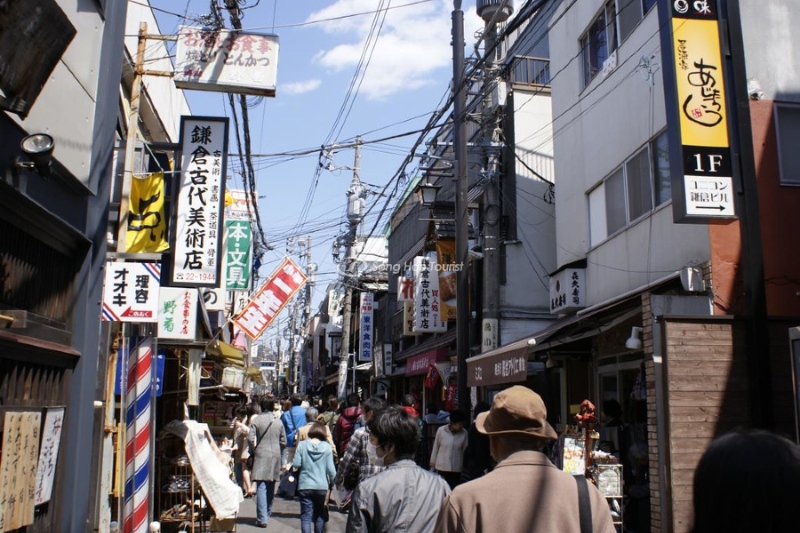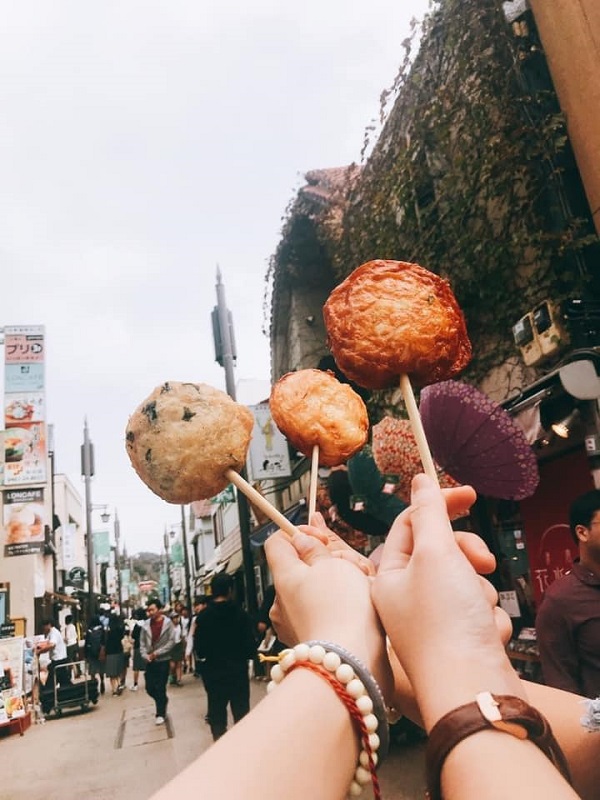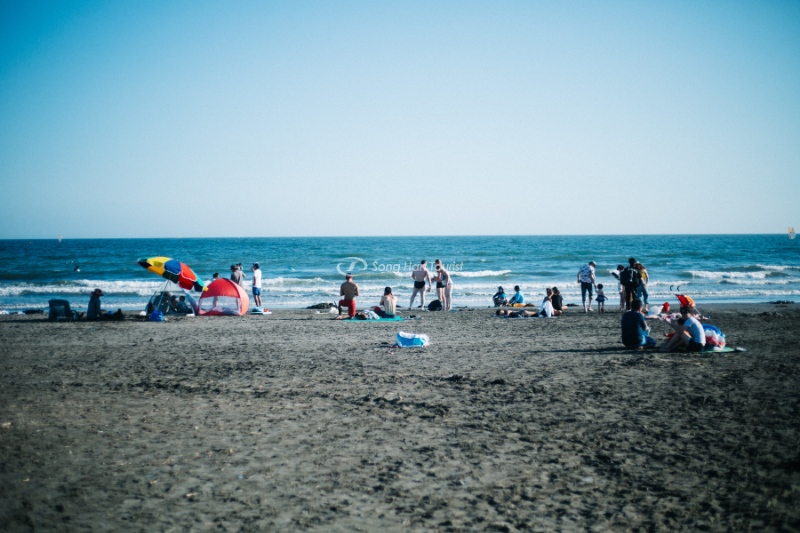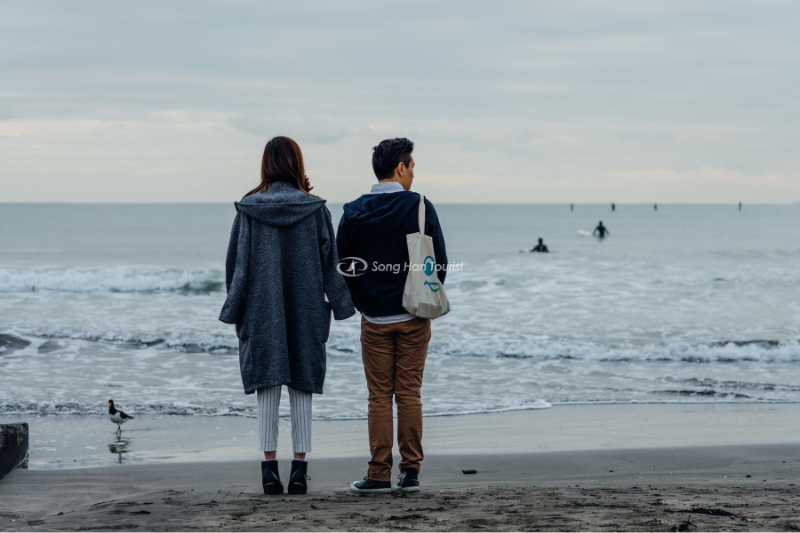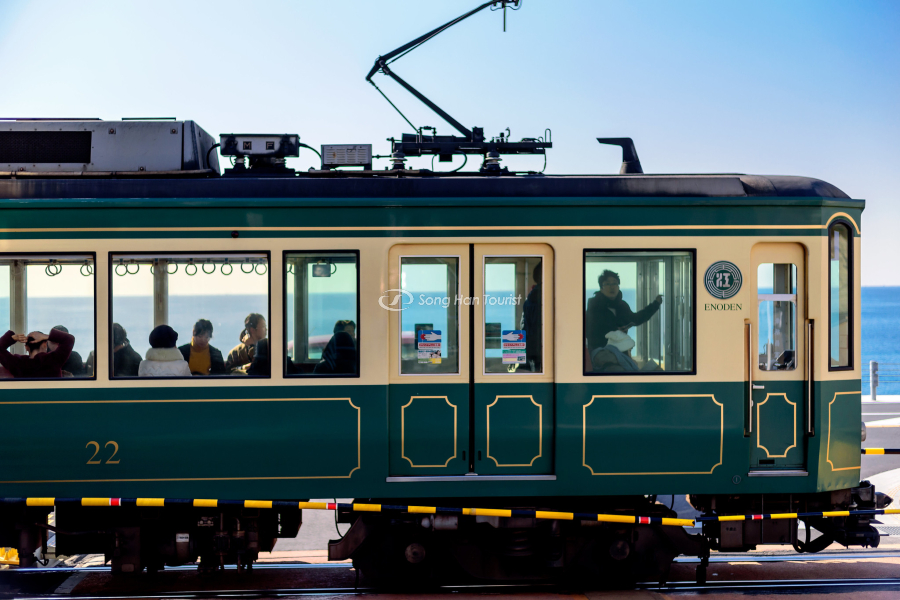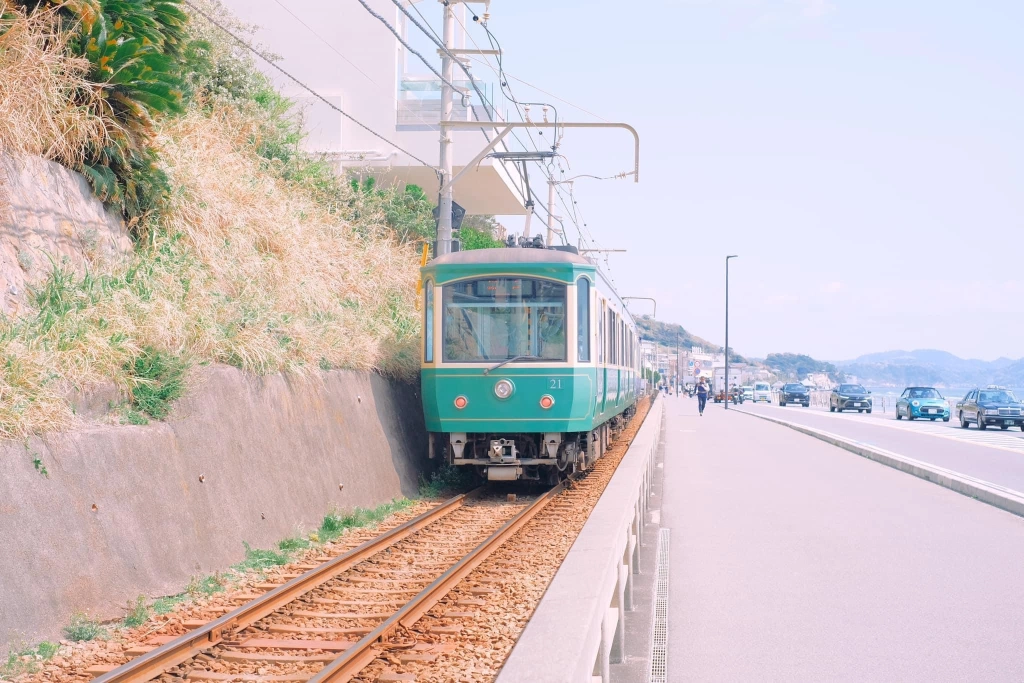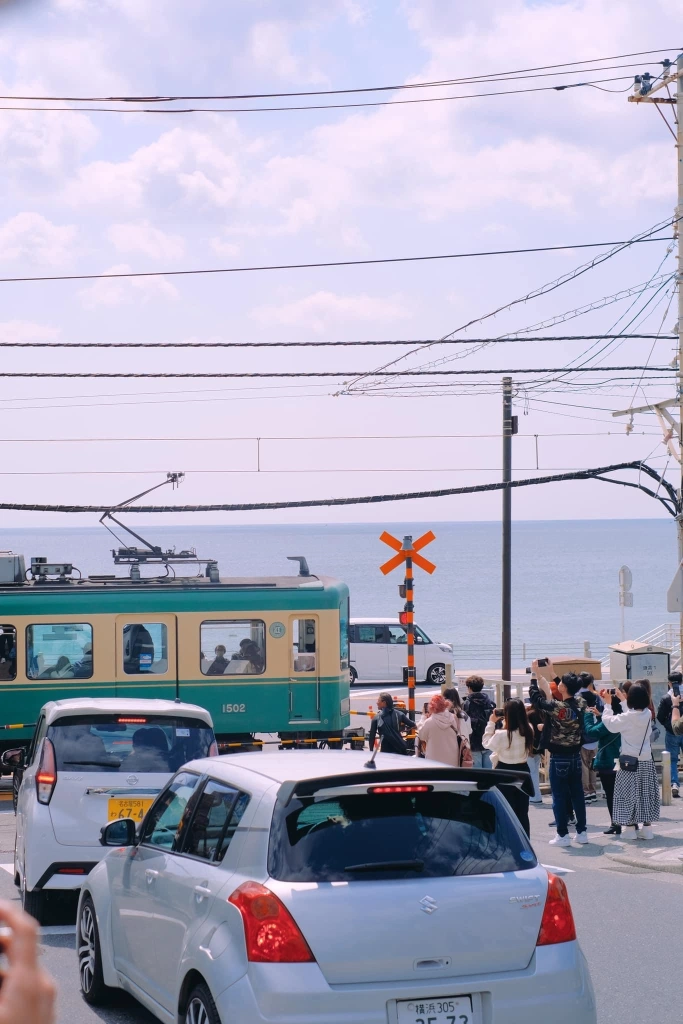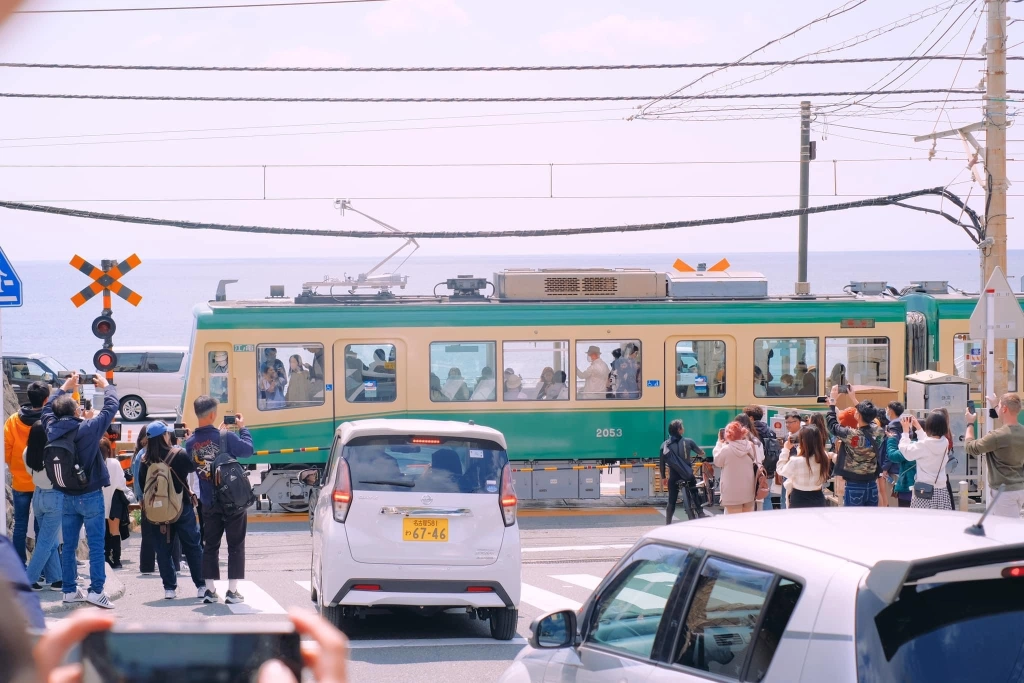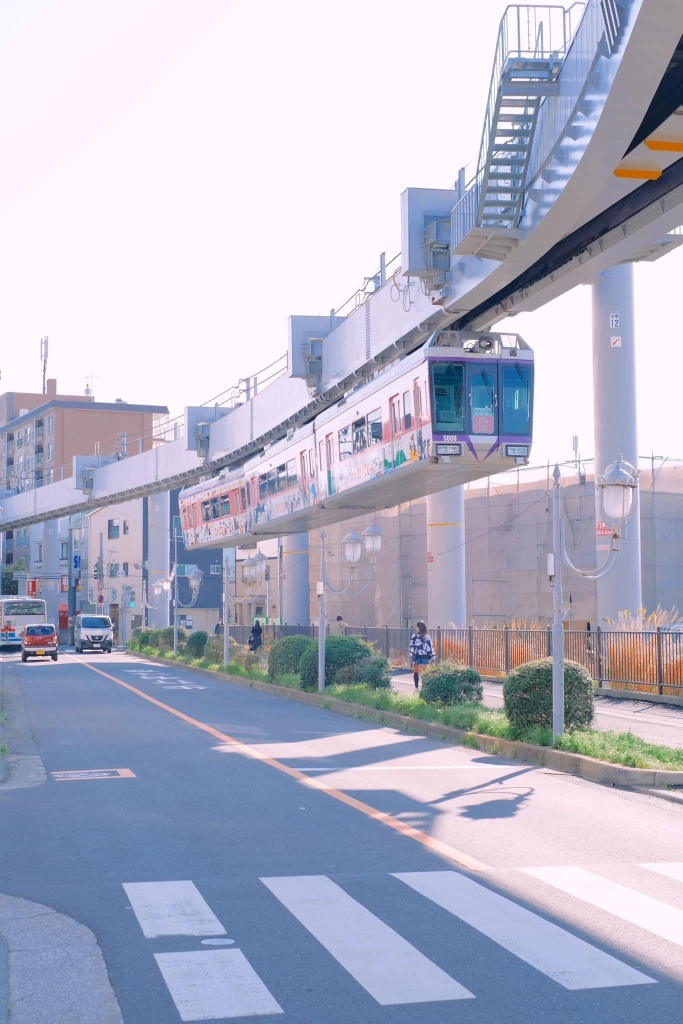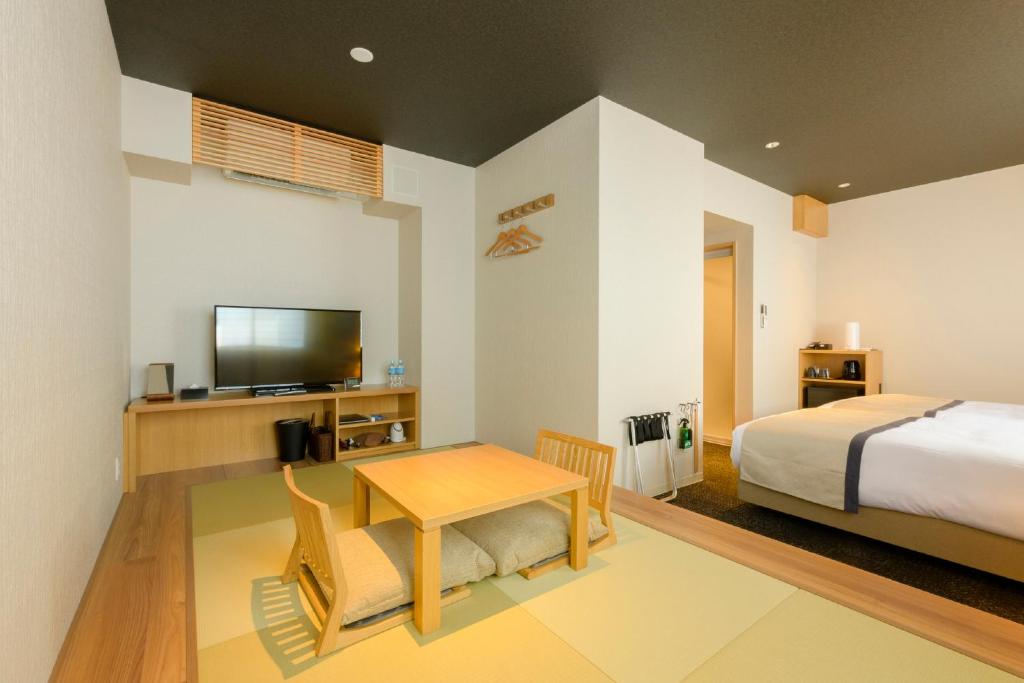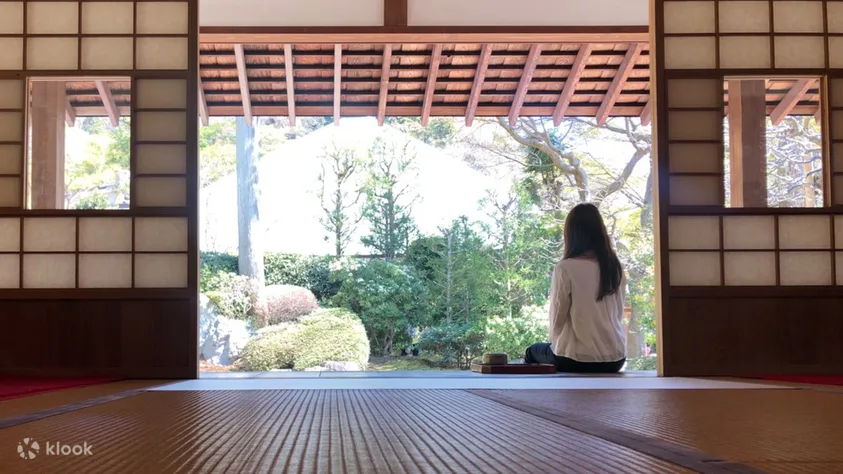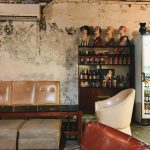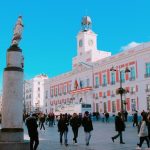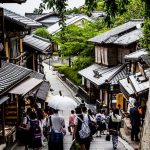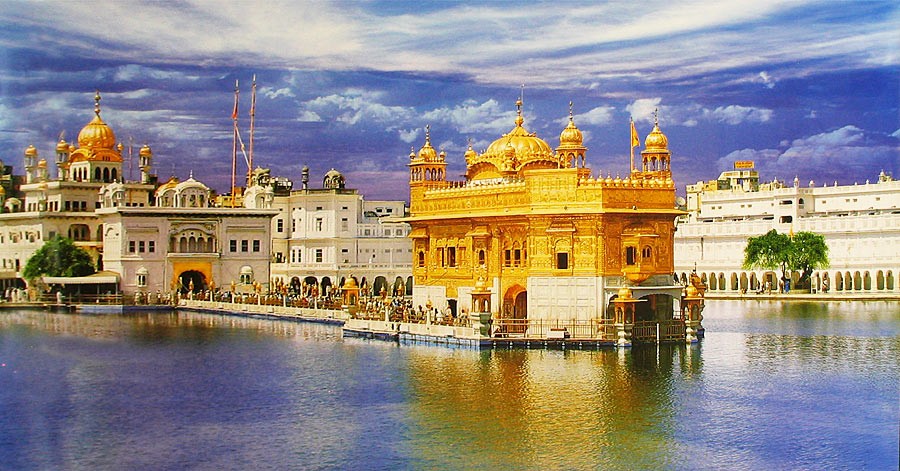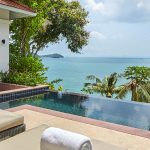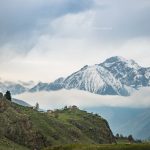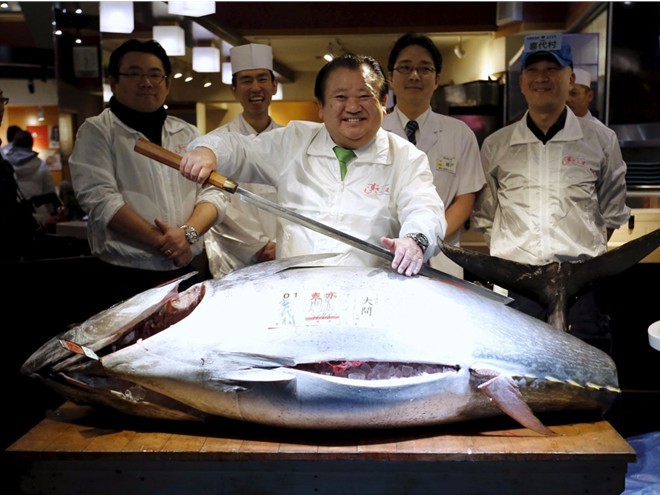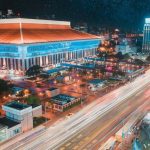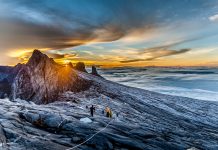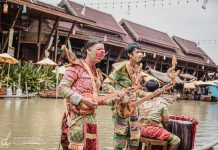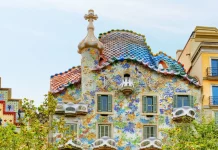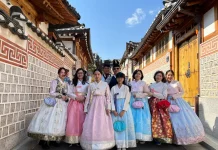Along with the ancient capitals of Kyoto and Nara, the city of Kamakura is an ancient Japanese city with many historical sites and temples and shinto shrines. Located near the busy and bustling Tokyo capital, Kamakura has a very own ancient and peaceful atmosphere. Come to the city of Kamakura, you will be really attracted by the long beaches, white sand, sacred temples and contemplation here.
- Okinawa itinerary 3 days. What to do in Okinawa for 3 days 2 nights?
- 16+ best places to visit & top things to do in Kobe
- Where to shop in Tokyo? 15+ top shopping malls & best shopping places in Tokyo
- Tokyo itinerary 5 days. Where to go, what to do, how to spend 5 days in Tokyo for the first-timers?
- JR Rail Pass Guide. All things you need to know, how to buy, how to use along with Japan Rail Pass FAQs
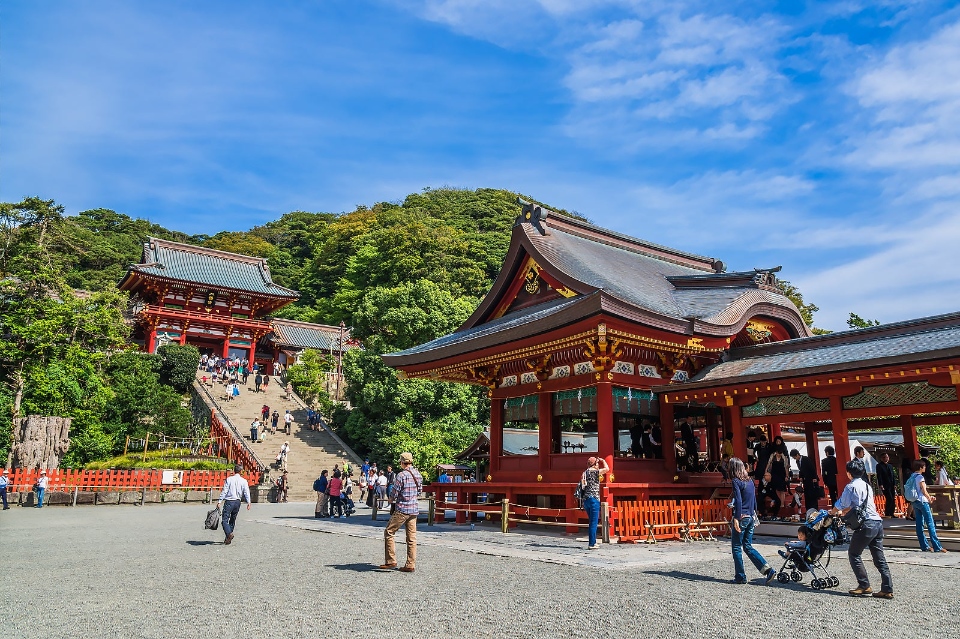
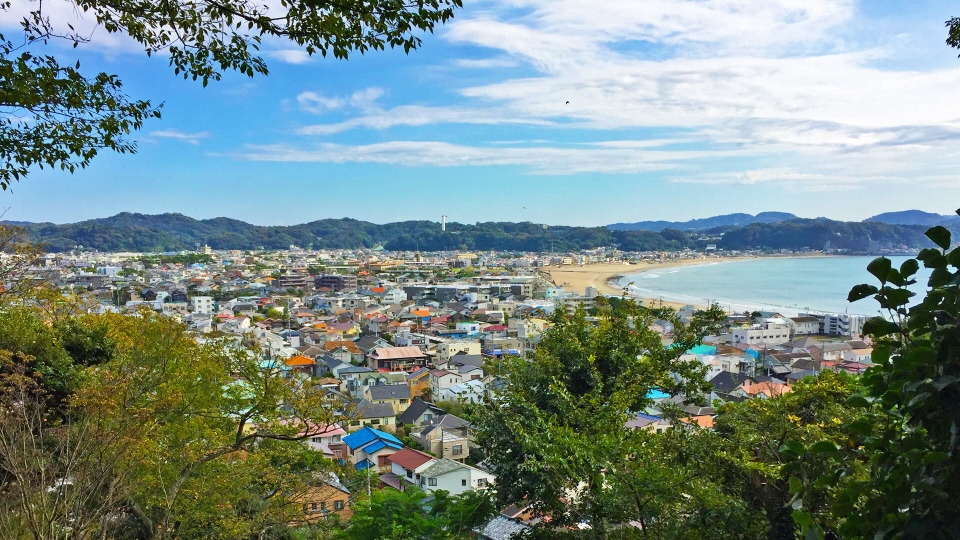
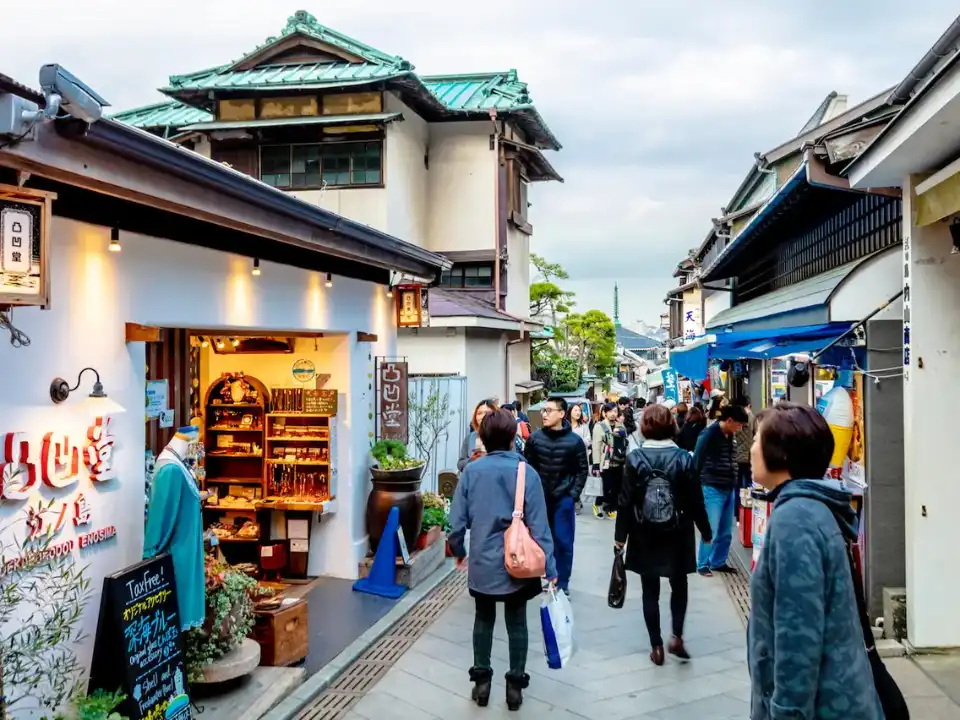
So, is Kamakura worth visiting, how to visit Kamakura, what to do in Kamakura and how to plan a budget trip to Kamakura for the first-time perfectly? Let’s check out our Kamakura travel blog (Kamakura blog) with the fullest Kamakura travel guide (Kamakura guide) from how to get to Kamakura, best places to visit, best time to come, what to eat as well as top things to do in Kamakura to help you maximize your trip as follows!
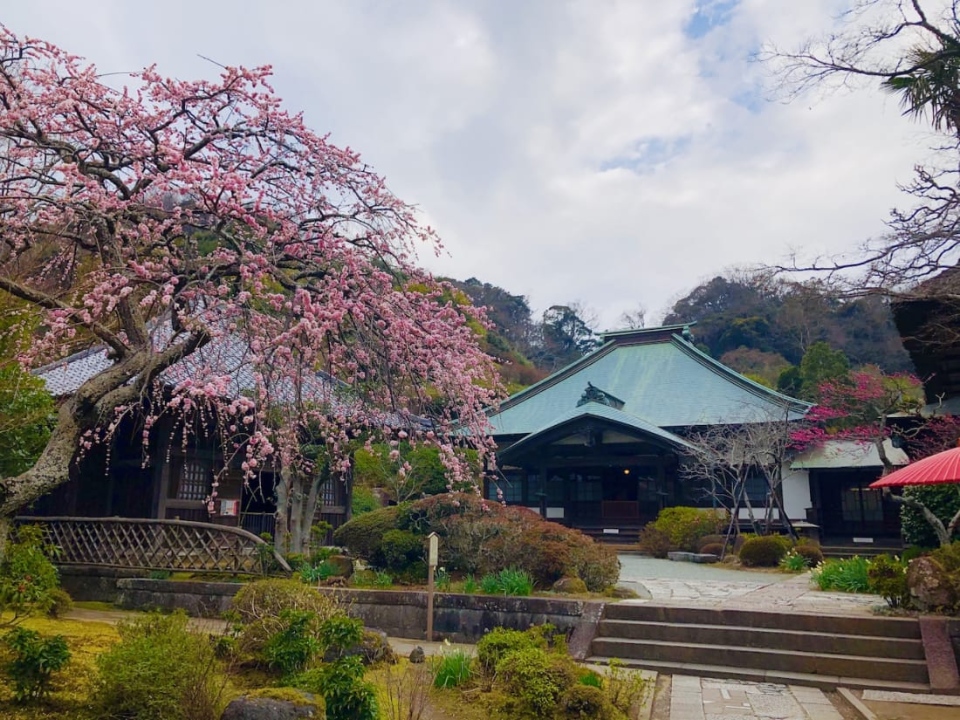
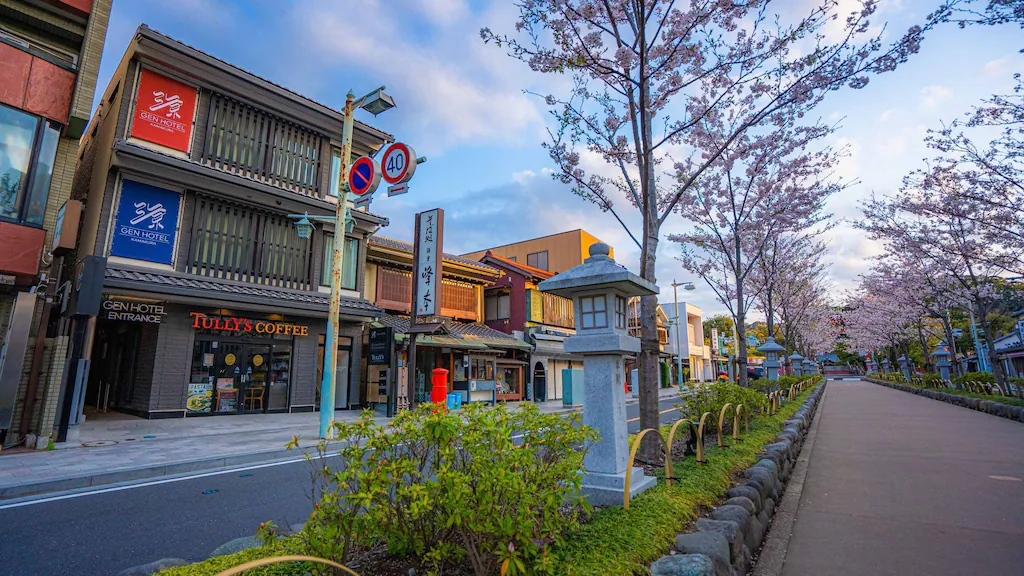
About 90 minutes from Tokyo, Kamakura is always one of the top choices for a short trip to Japan. Besides the ancient temples and blue beaches, Kamakura is like a must-visit place for loyal fans of the hit basketball anime The First Slam Dunk. To getting there, I chose to take the Enoden train.
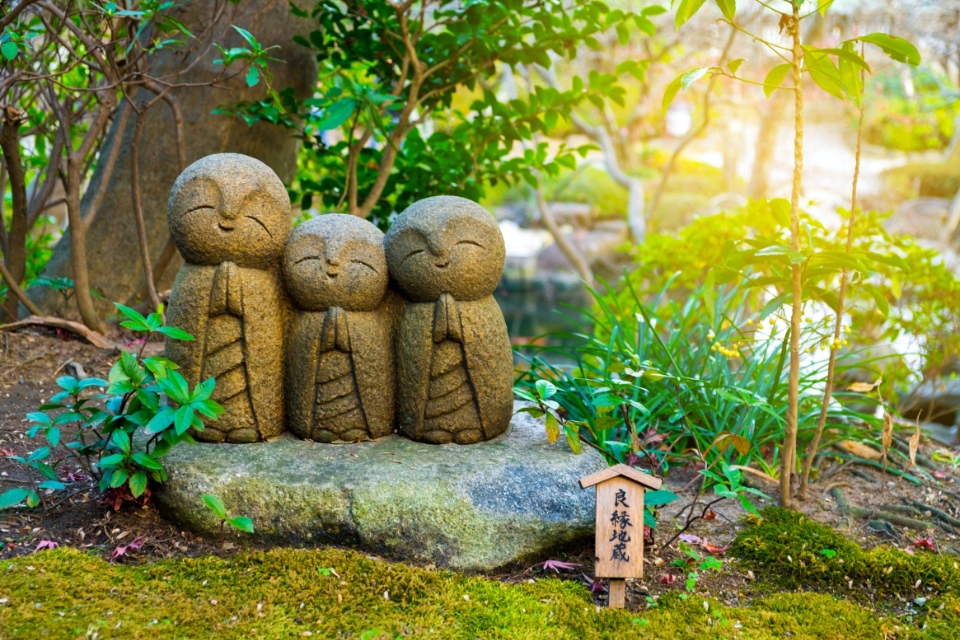
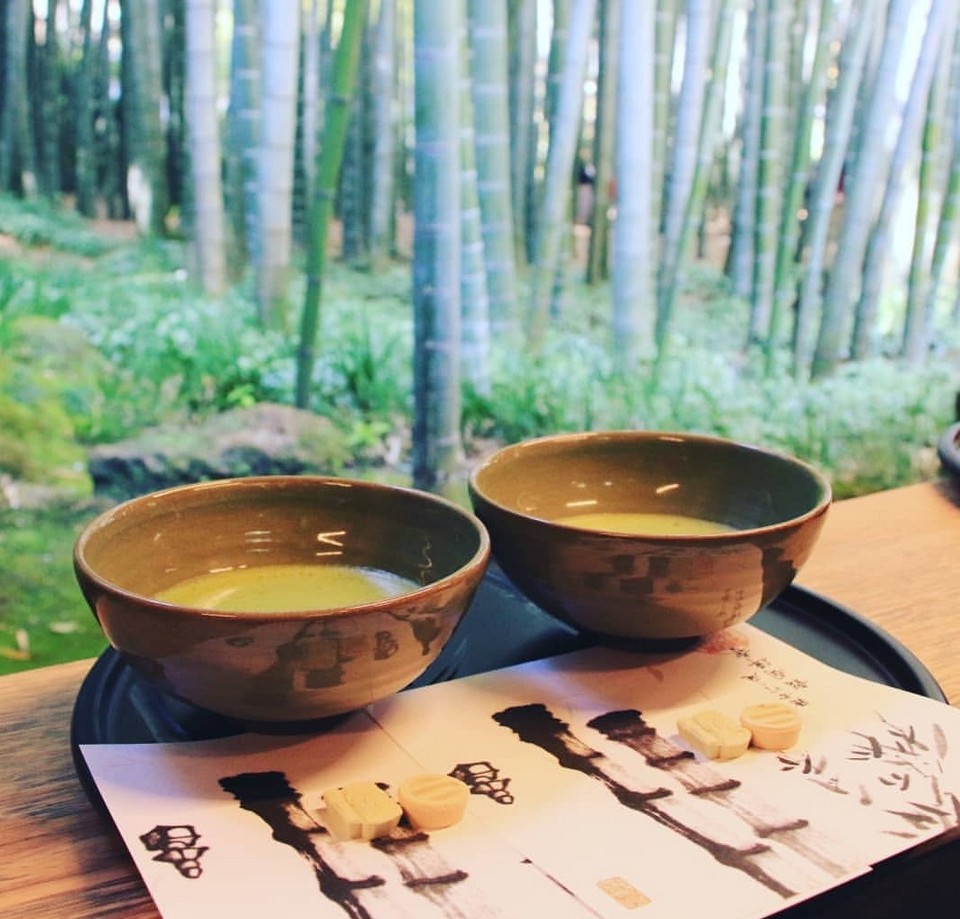
As a peaceful land, not too bustling like the cities of Tokyo and Osaka, but Kamakura has its own beauty, about peaceful and quiet beauty. Coming to Kamakura in autumn is the most beautiful when the poetic scenery is highlighted with the brilliant colors of the maple trees, the ginkgo trees are in the changing season.
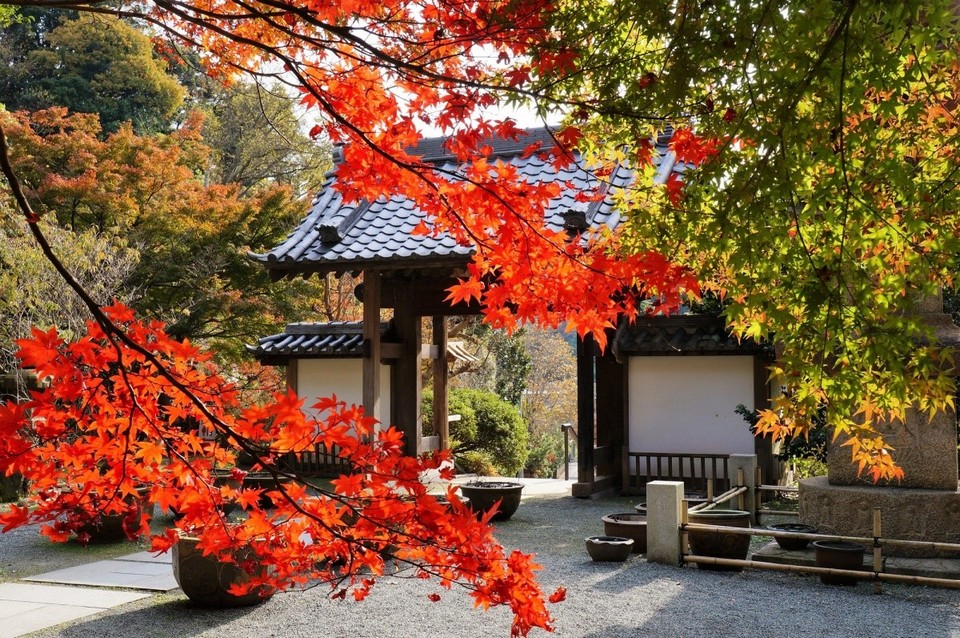
Kamakura is where religion and art flourished most in the country. With the gentleness of nature and rich history, Kamakura offers visitors endless exploration of Japan. A city known for its traditional festivals and ancient temples recognized as national treasures will give you a sense of serenity. The sacred ancient temples are also the venue for major national festivals.
Overview of Kamakura (#kamakura travel blog)
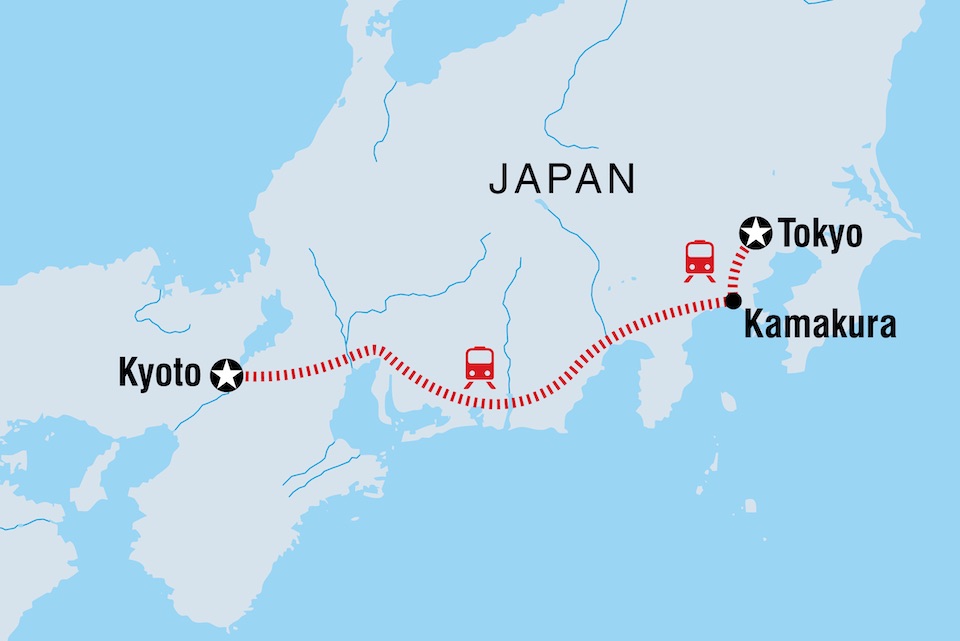
Kamakura is located to the west of the Miura Peninsula, in Kanagawa Prefecture, about 50km south of Tokyo. Kamakura is covered with green trees and vibrant flowers blooming all year round. Kamakura is an ancient Japanese city dubbed the Kyoto of the Kanto region. It is a very popular tourist destination for both Japanese and foreign tourists with more than 100 temples, great Buddha statues, and other historical sites.
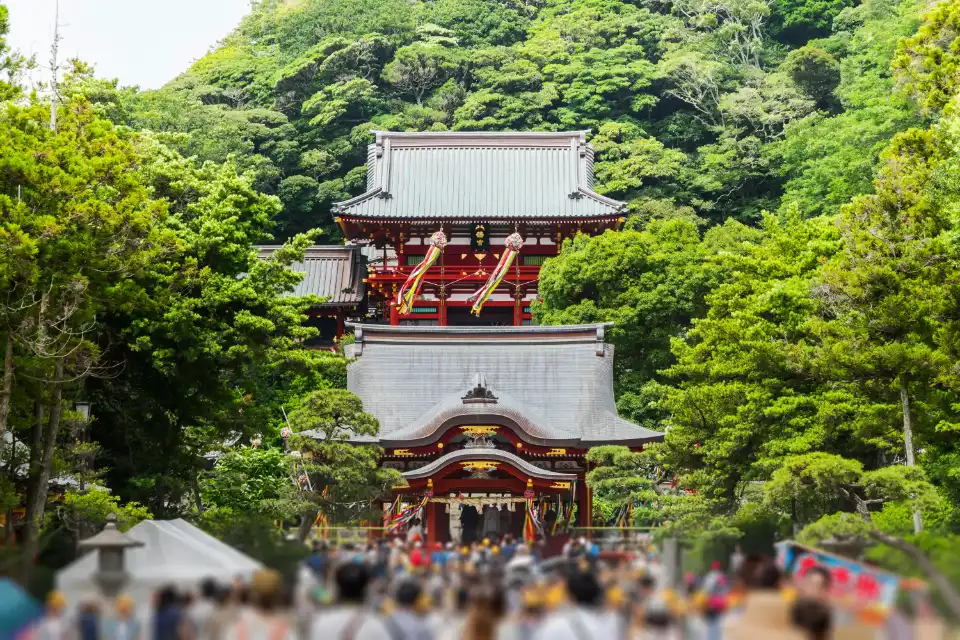
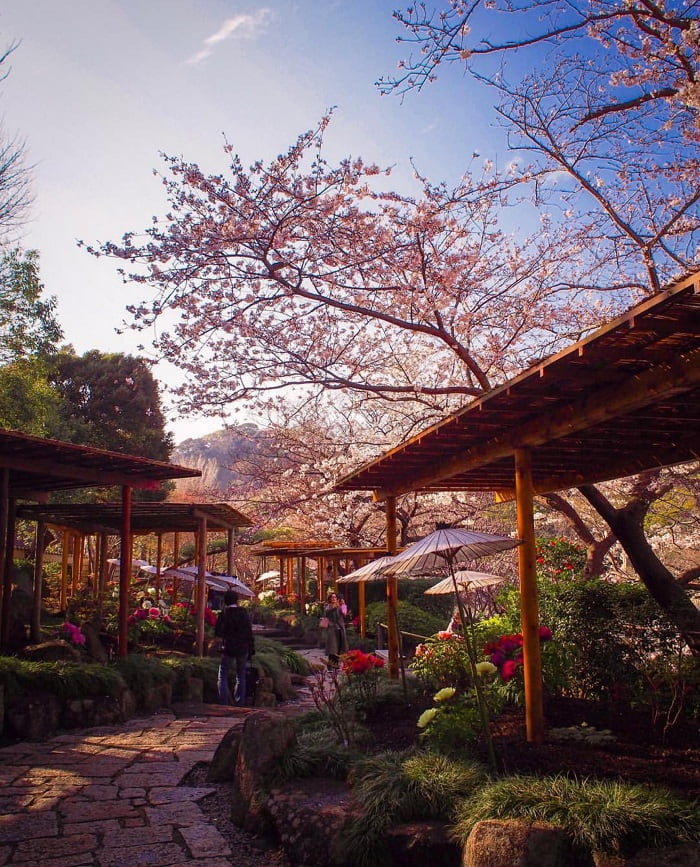
Kamakura – a city in Kanagawa Prefecture is about 1 hour by train from Tokyo. Due to its favorable terrain, close to the sea, Kamakura possesses many wonderful landscapes, along with mysterious historical stories that make visitors curious.
Far from its current charm and tranquil beauty, Kamakura was once the seat of Japan’s political power for 140 years when shogun Minamoto no Yoritomo founded the Kamakura Shogunate here. During that period, Kamakura was the political and administrative center of the country, attracting large numbers of Buddhist monks and developing into a flourishing center of religion and the arts.
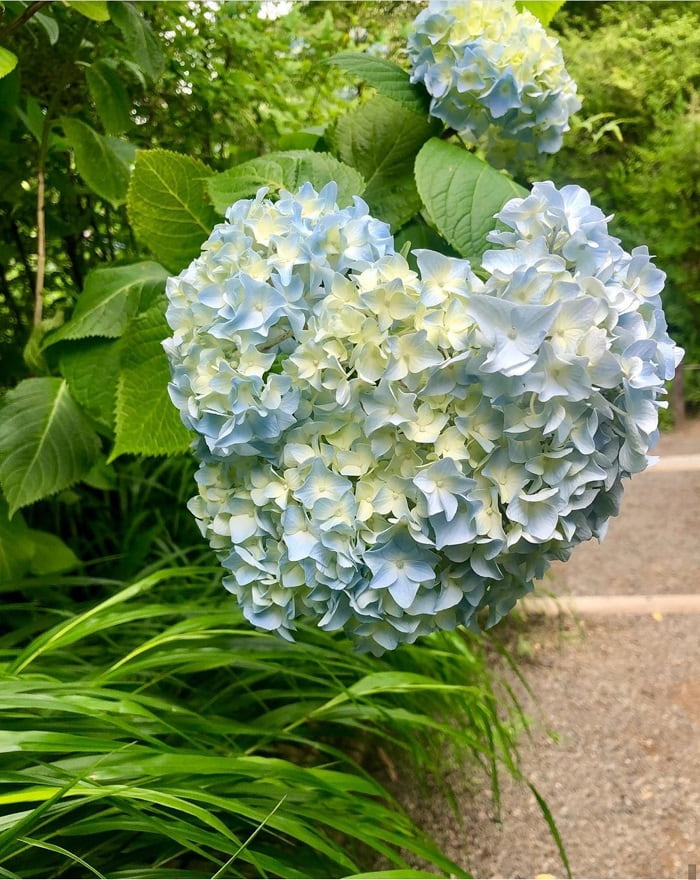
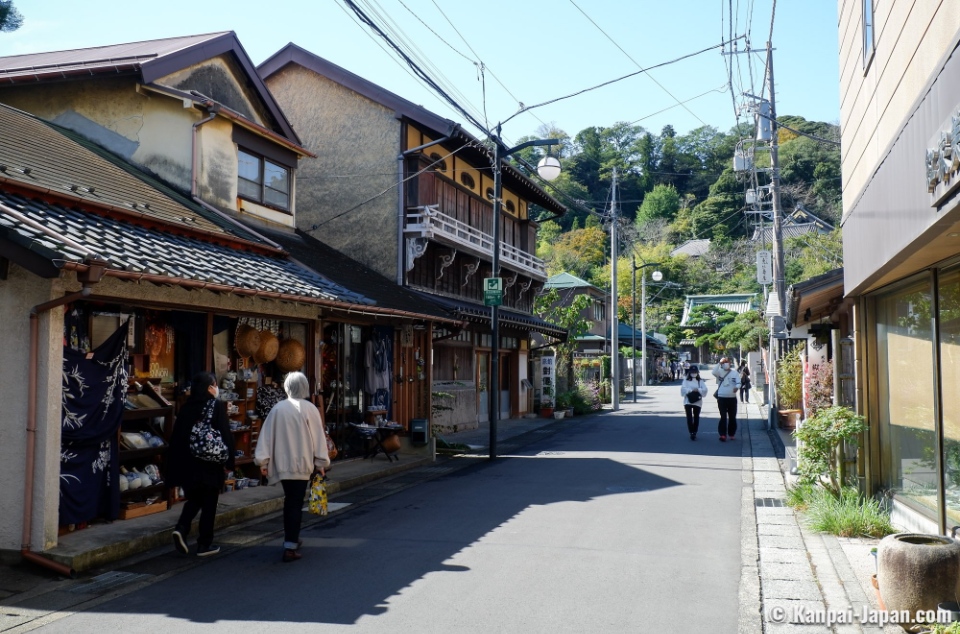
Kamakura is famous as the “land of temples”, so it must be more than just Tsuruoka Hachimangu shrine. Just try to go around, you will really enjoy and be surprised with how dense the ancient temples here. For example, Zeniarai Benzaiten Ugafuku Shrine which is said to be very spiritual in fortune, or Kotoku-in Temple – famous for its giant Buddha statue, Hase-dera Temple – with its panoramic observatory looking across the Kamakura coastline. Not only that, Kamakura also has temples of precious historical value such as Engaku-ji Temple, Kencho-ji Temple. If visiting Kamakura in June, Joju-in Temple is great advice for visitors who love the beauty of Ajisai (hydrangea) flowers.
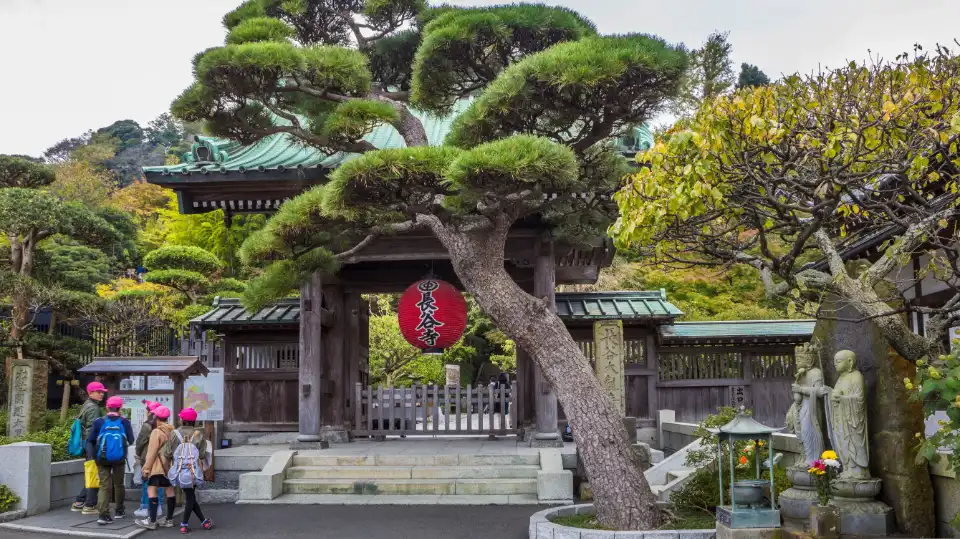
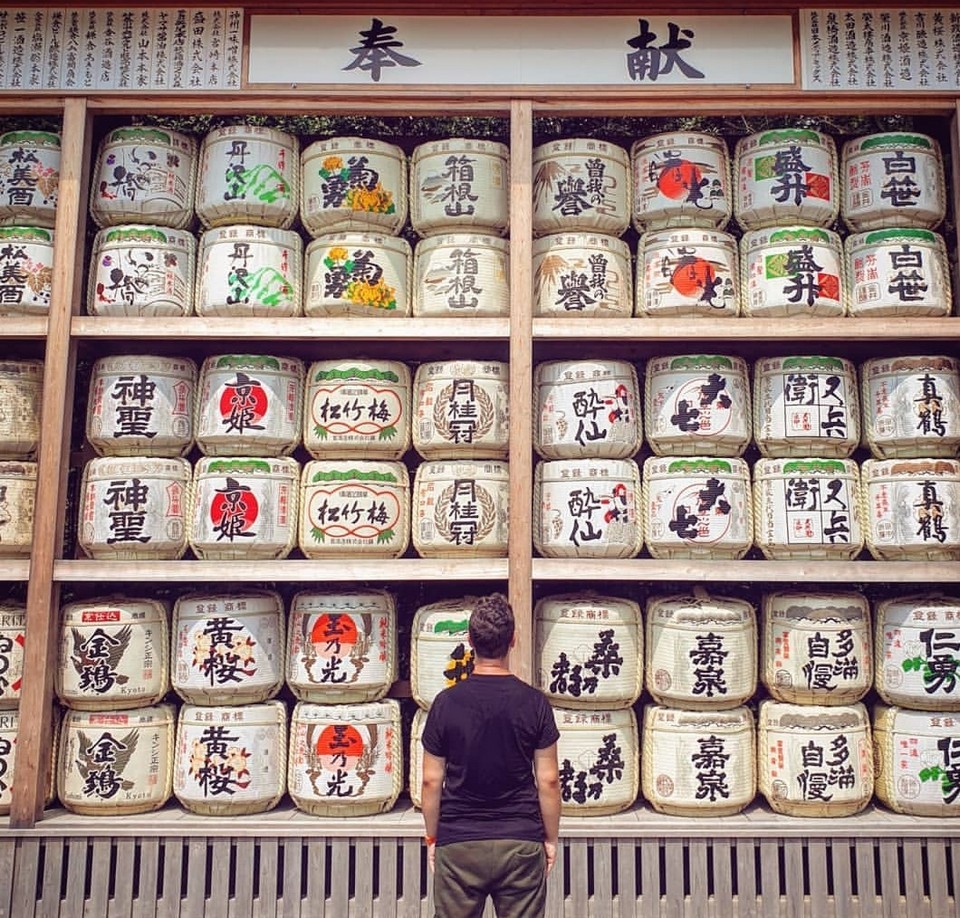
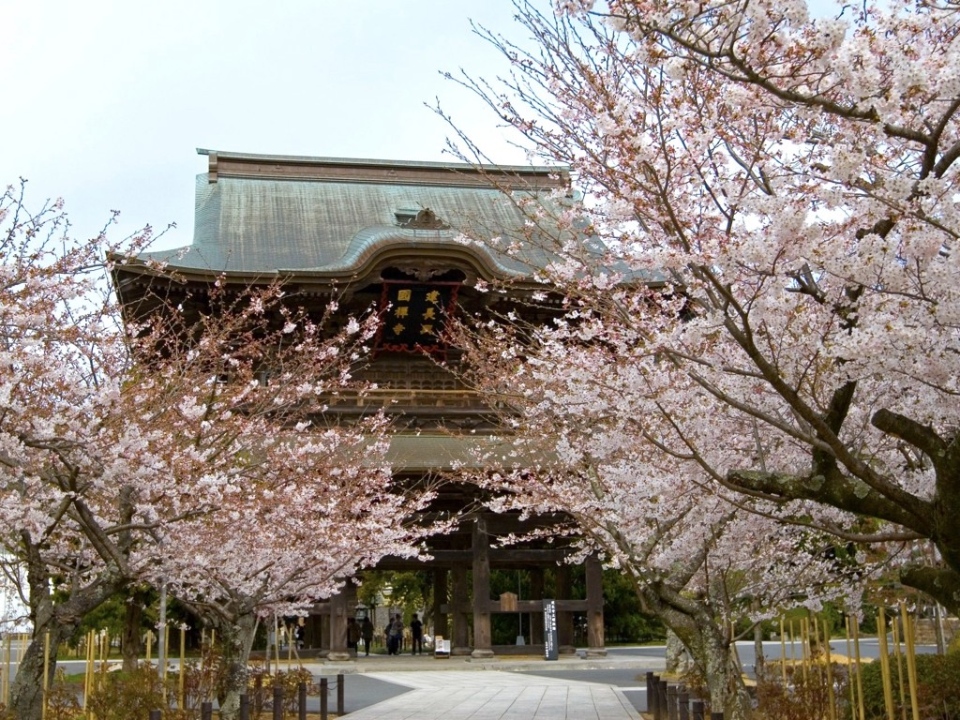
Kamakura is located facing Sagami Bay, so it is a favorite destination for windsurfing and swimming lovers. Every summer, crowds of tourists flock to Yuigahama beach or Cape Inamuragasaki. If you want to go to Kamakura to swim, you need to find out about the specific season and time you can go to the sea. Is that interesting enough to attract you to Kamakura?
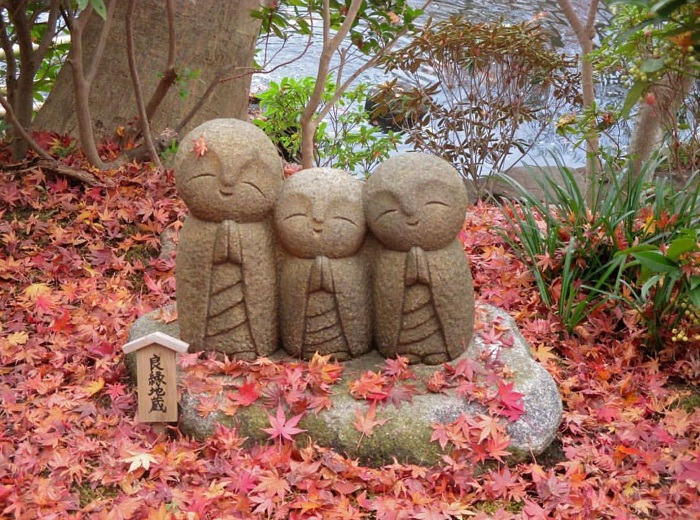
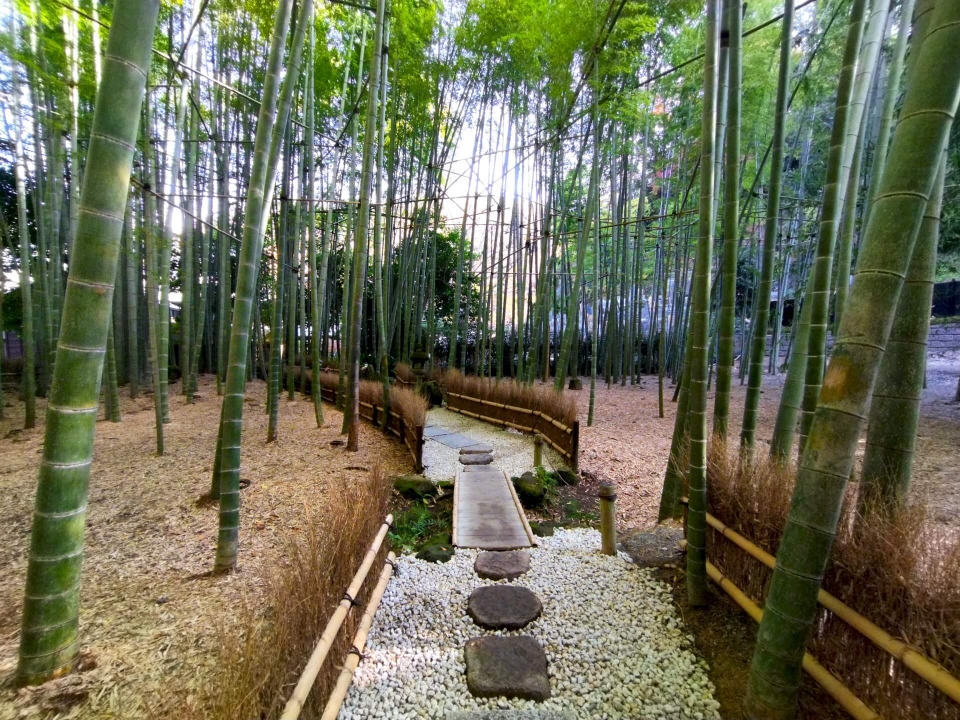
As a destination with a long cultural history, that’s why Kamakura has many unique festivals. The most festivals must be mentioned in the early spring around April of the solar calendar. If you come at this time, you will be able to attend extremely fun festivals.
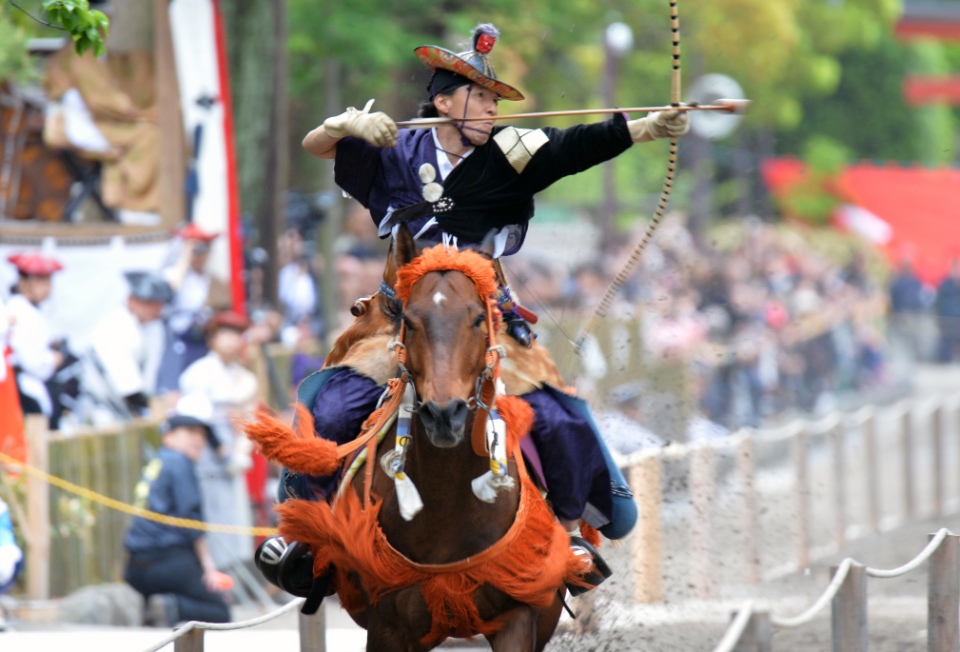
How to get to Kamakura? (#kamakura blog)
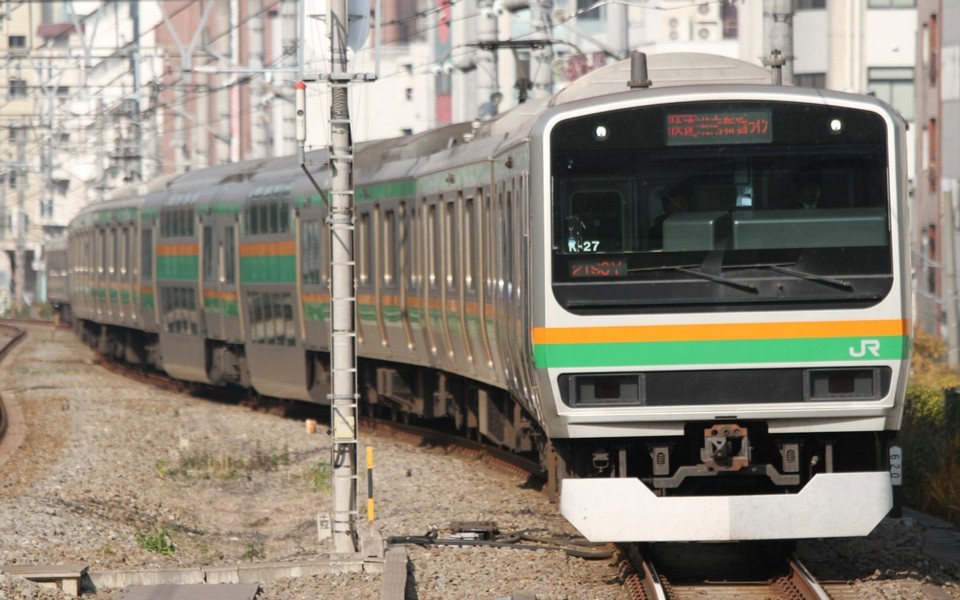
If you are planning a short trip from Tokyo, Kamakura is a perfect location. It can be reached within an hour from Tokyo city by train.
JR Yokosuka Line – from Tokyo Station (920 yen) / Shinagawa (720 yen) (If you are taking the JR Tokaido line or the JR Kehin Tohoku line, change to the Yokosuka line at Ofuna station, only two stops to Kamakura station).
JR Shonan Shinjuku Line – from Shinjuku (920 yen) / Shibuya (920 yen) / Ebisu (800 yen)
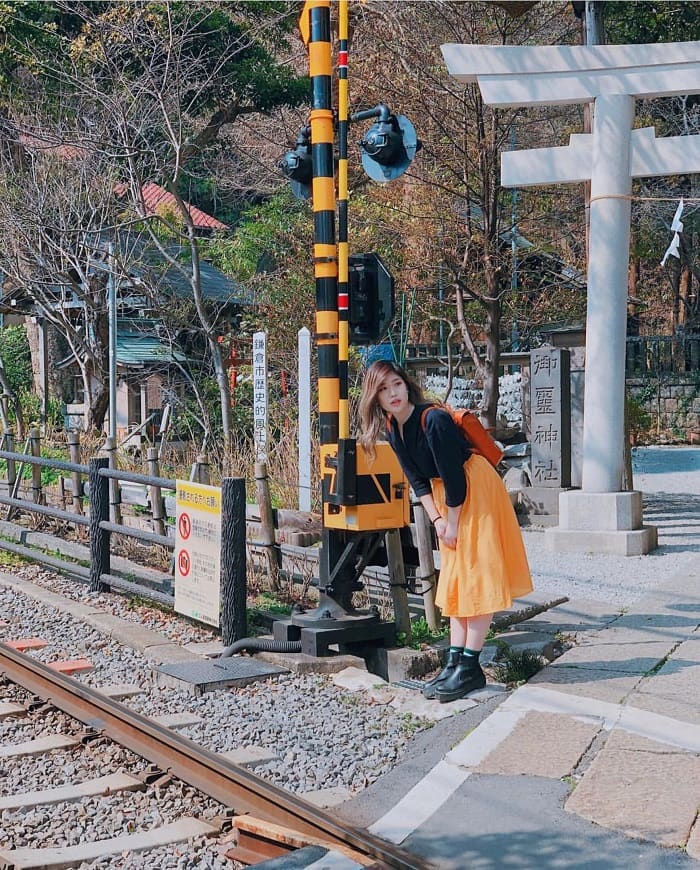

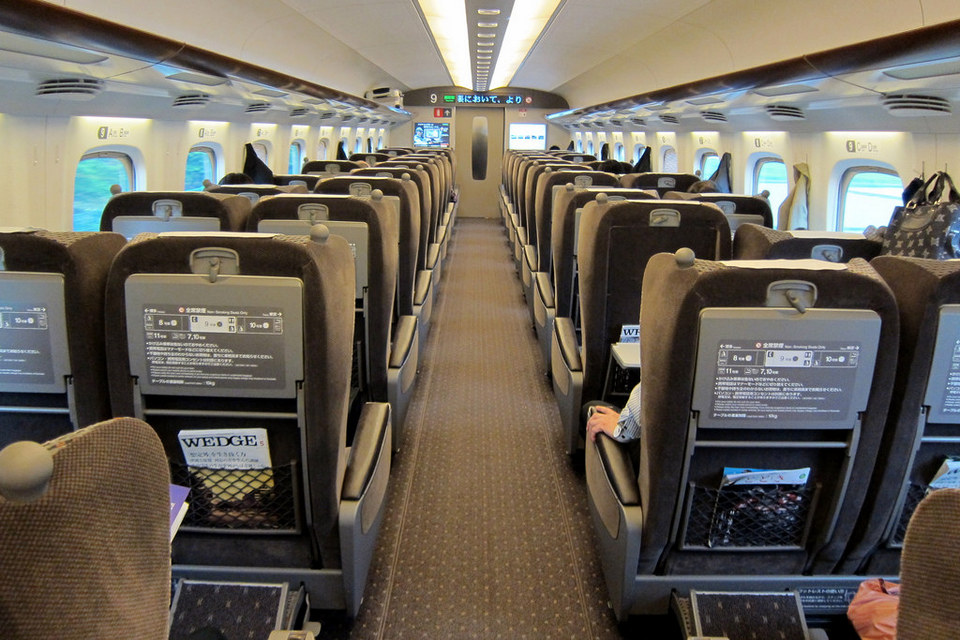
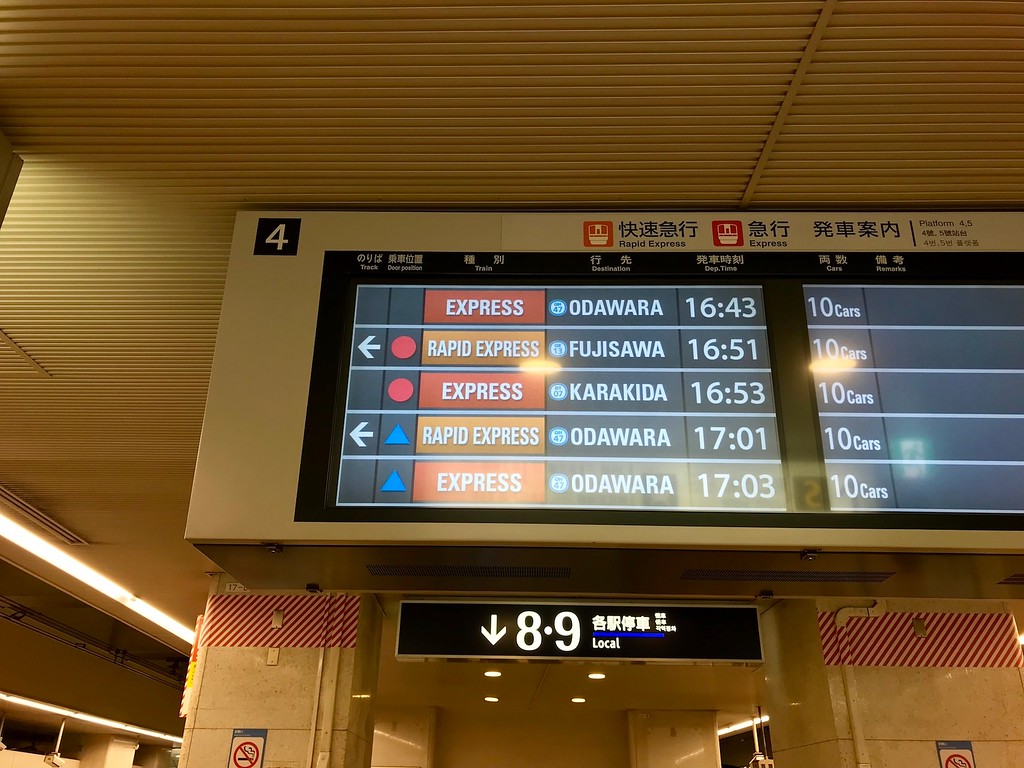
How to get to Kamakura from Narita Airport? (#kamakura travel blog)
To travel to Kamakura from Narita airport, you need to first board the Narita Express to Ofuna Station, which takes about 110 minutes, 4,620 yen (regular train). Next, from Ofuna Station take the JR Shonan Shinjuku Line, it takes about 10 minutes and 160 yen to get there. Total travel time is 2 hours and about 4,800 yen.
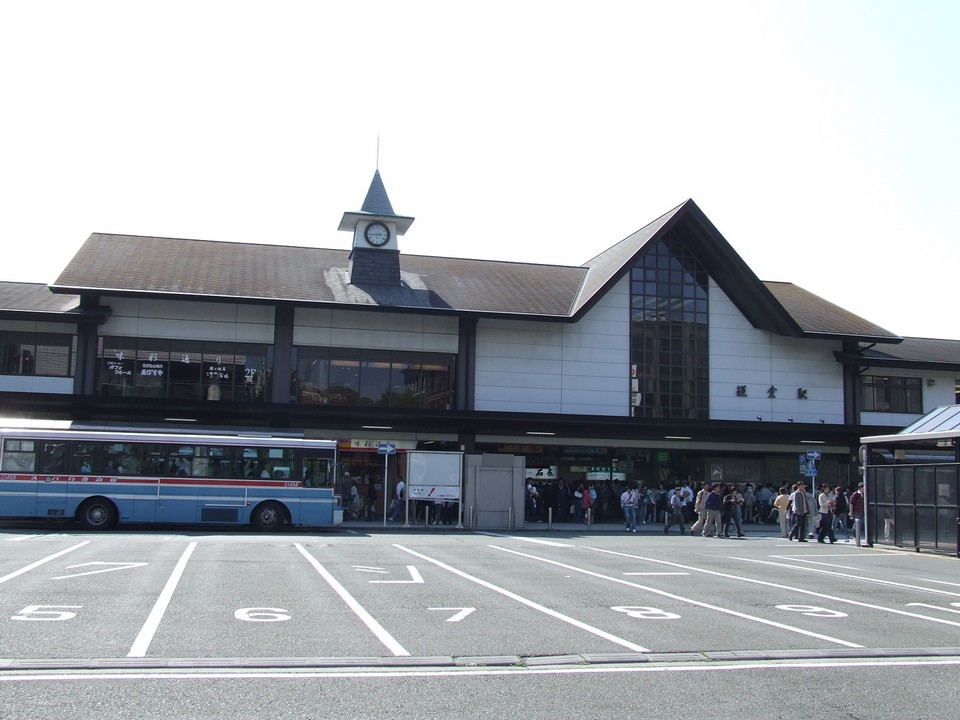
Getting around Kamakura (#kamakura guide)
Transportation in the Kamakura is mainly by bus, train or on foot. If traveling by train, use the Shonan Monorail from Ofuna to Enoshima or the Enoshima railway which runs along the coast from Kamakura to Fujisawa. Kamakura can be easily reached by train. From Yokohama capital city of Kanagawa Prefecture, it takes about 30 minutes by train to Kamakura.
You can conveniently travel in this city thanks to the following means:
JR: Getting to Kamakura Station which has the Yokosuka, Sobu and Shonan Shinjuku lines. The Yokosuka Line stops at the next station, Kita Kamakura Station.
Bus: In Kamakura, there are Yokohama Keikyu and Enoshima buses that run around the city, so you can use this to go to inner city attractions and to Yokohama.
Train: The Enoden train runs from Fujisawa Station to Kamakura Station. At the Hase station of the route, there are many famous attractions such as Hasedera Temple, the Great Buddha, the bustling island of Enoshima or Kamakurakōkō-Mae Station – a beautiful spot to take pictures, etc. This is a must-ride train route when traveling to Kamakura.
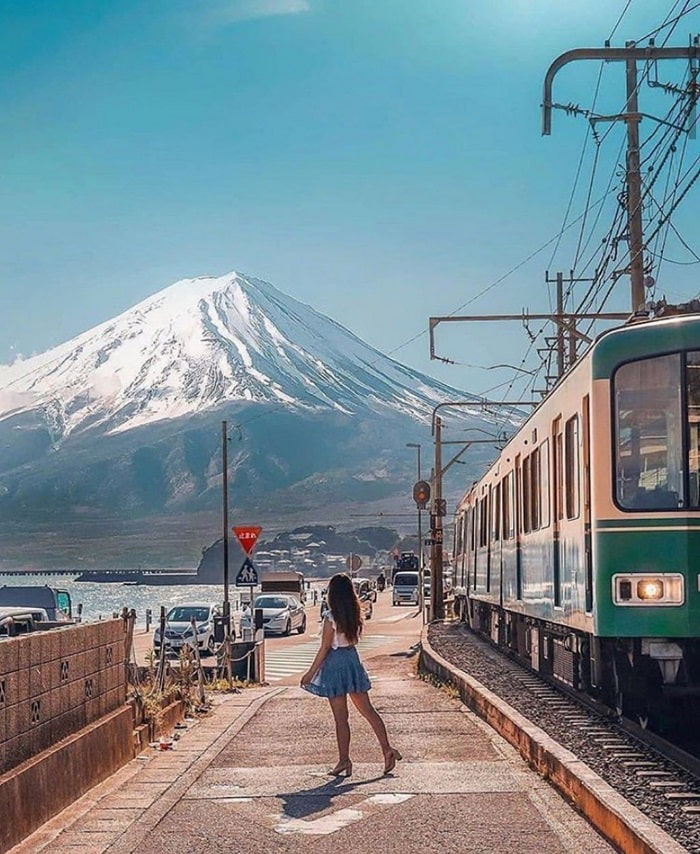
Taxis, car rental: This city also has taxis and car rental services, but the roads in the inner city are quite small, especially in the tourist season. So it is better to use public transport or rent a bicycle.
Bike rental: To getting around temples or shrines, you should use rented bicycles because the distance between the locations is quite far and the Enoden tram is often quite crowded. If you are in good physical condition, try using this vehicle.
Rickshaw (Jinrikisha): You can find rickshaws in the area in front of JR Kamakura Station. The rickshaw can carry 2 people and sit on the rickshaw, you will be taken to visit nearby attractions and listen to explanations from the driver.

Where to go and what to do in Kamakura? (#kamakura travel blog)
Kōtoku-in Temple and The Great Buddha (Daibutsu)
Address: 4 Chome-2-28 Hase, Kamakura, Kanagawa 248-0016, Japan
The Great Buddha (Daibutsu) is the symbol and pride of Kamakura with the giant sitting Buddha statue at Kotokuin Temple. The Buddha statue is not only famous for its size but also for its shape and sitting posture.
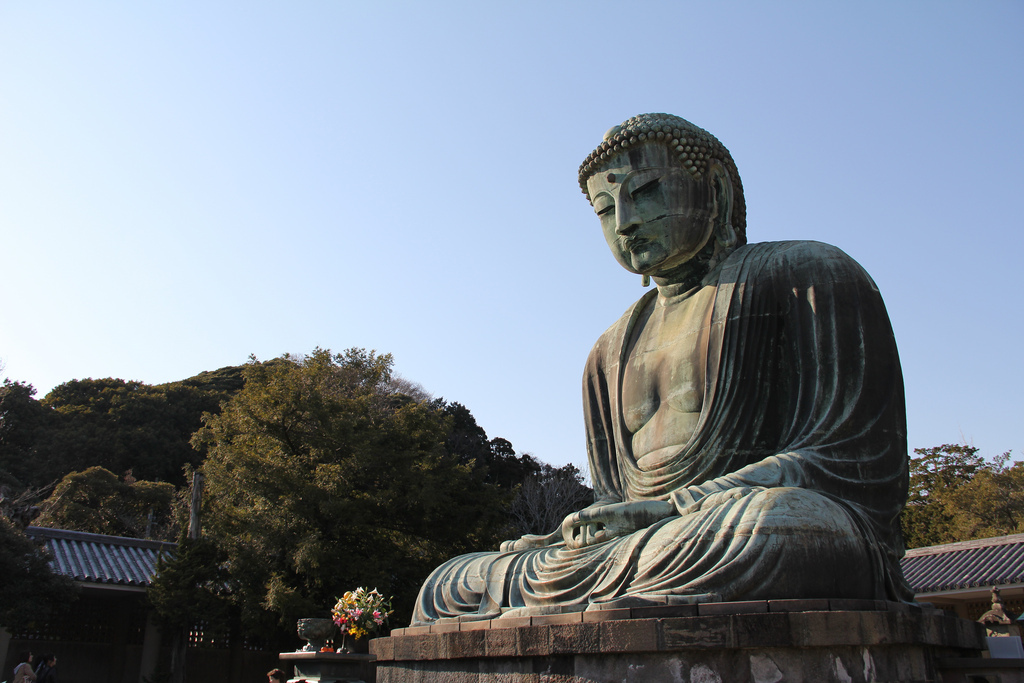
The Kamakura Great Buddha was cast in 1252 and is the national treasure of Japan. Located in the grounds of Kotokuin temple, made of bronze, 13.5 m high and 121 tons in weight. Many domestic and foreign tourists come here to admire the statue. Over the years, the great Buddha has turned green, but the majesty is still there.
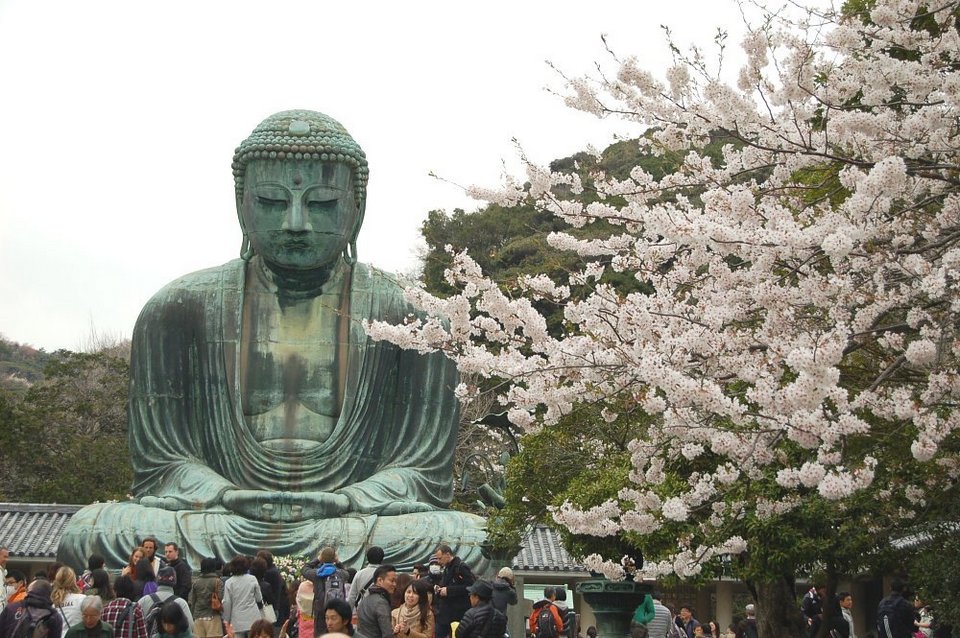
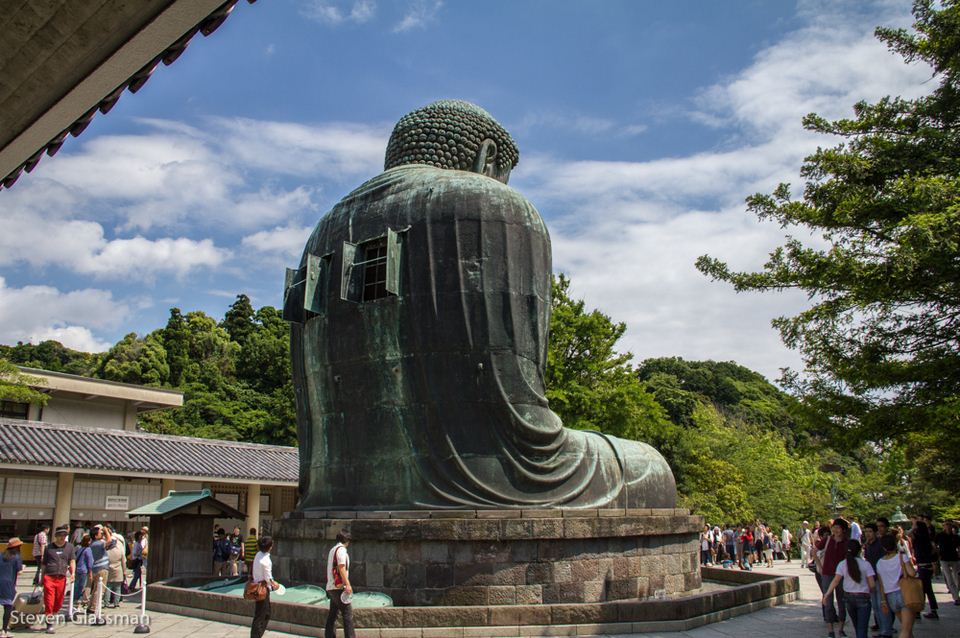
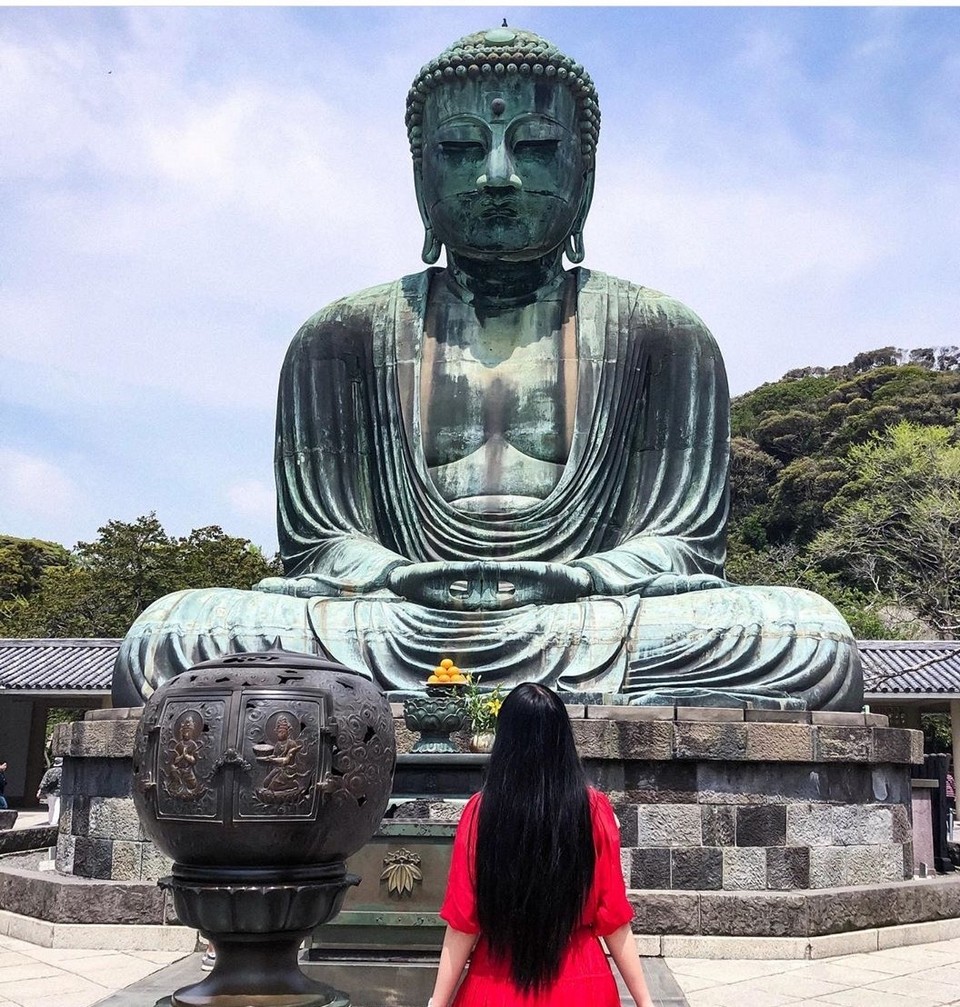
The bronze statue turns green mossy according to the month as a testament to the development history of this land. The Daibutsu was originally carved on wood in 1243 but after a storm in 1247, was recast in bronze in 1252. The statue is 13.35 m tall with ears nearly 2 m long. The bronze statue is considered a national treasure. Surrounding this area are maple and ginkgo trees, the scenery is very poetic, making it an extremely attractive place in autumn.
Hasedera Temple
Address: 3 Chome-11-2 Hase, Kamakura, Kanagawa 248-0016, Japan
Hours: 8 AM–5 PM

Hasedera Temple is a large Buddhist temple complex in the city of Kamakura. The temple is built on a hill where you can enjoy a beautiful view of Kamakura and Sagami Bay. This is one of the most popular places to visit in town, but the busiest times are during the rainy season in June and July when the hydrangeas are in full bloom. The Ajisai Matsuri (Hydrangea Festival) is held at the temple during the season. The temple also has a beautiful garden with a pond.
This place is famous for its 9.18 m high statue of Guan Yin with 11 different faces. It is not too difficult to get to this temple because Hase Temple is located near the Great Buddha statue and is located in a very beautiful location of Kamakura city. Standing in the temple grounds, you will easily zoom your eyes to see the beaches of Kamakura.
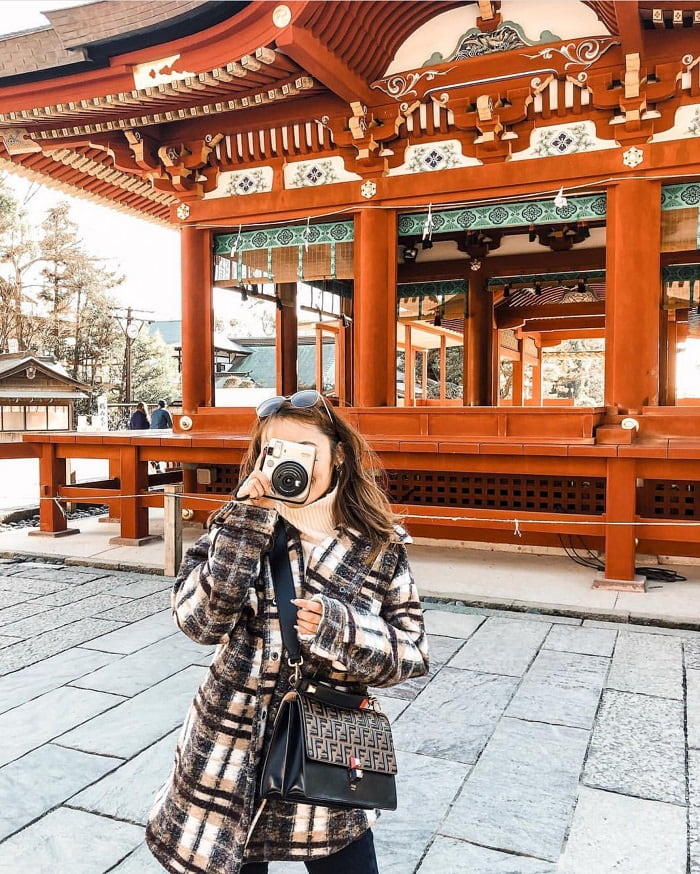
On the grounds of Hase Temple, there is also a cave named Benten dedicated to the goddess Benzaiten – a sea god in Japanese mythology.
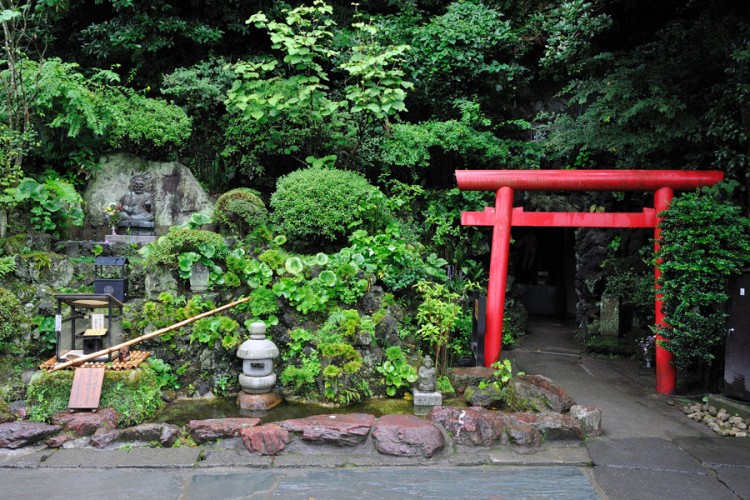
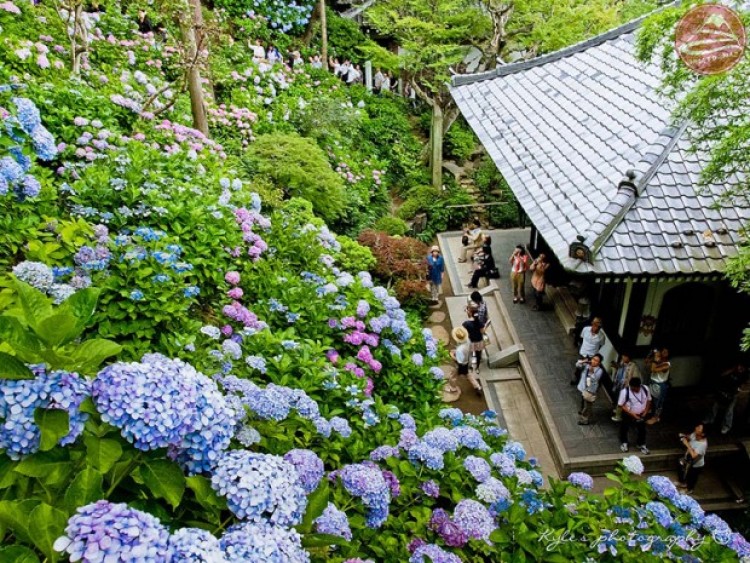
Tsurugaoka Hachimangu Shrine
Address: 2 Chome-1-31 Yukinoshita, Kamakura, Kanagawa 248-8588, Japan
Hours: 8 AM–8:30 PM
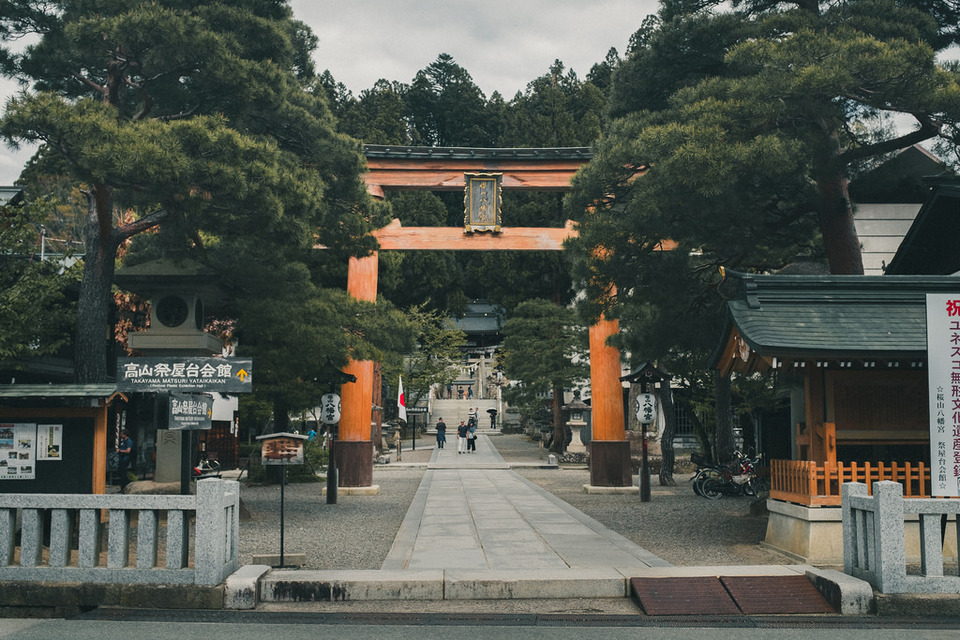
It was shogun Yorimoto himself who built this ancient shrine right after the Kamakura shogunate was established, so it is always associated with cultural activities and festivals of the Kamakura period and is maintained to this day. At the beginning of the new year, a large number of tourists flock here. The temple not only attracts visitors by its sacredness but also by the beauty of the landscape here.
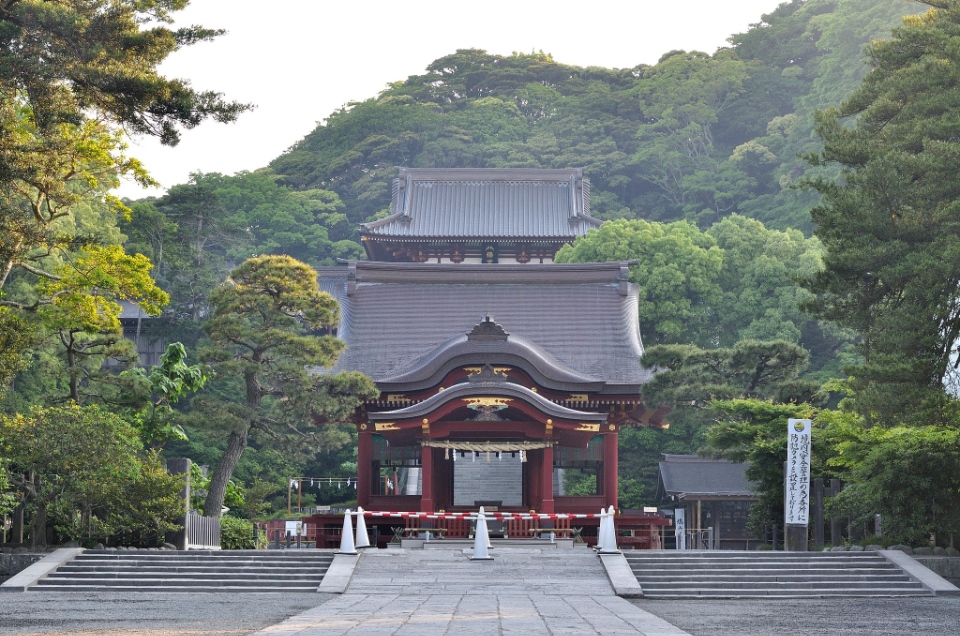
The most famous shrine in Kamakura, Tsurugaoka Hachimangu is easily accessible from JR Kamakura Station via Komachi Dori shopping street. This temple is completely crowded on January 1st to 3rd when people go there for Hatsumoude (first visit of the new year). The temple complex is famous for its magnificent red torii gate in front and the main hall after climbing the stairs.
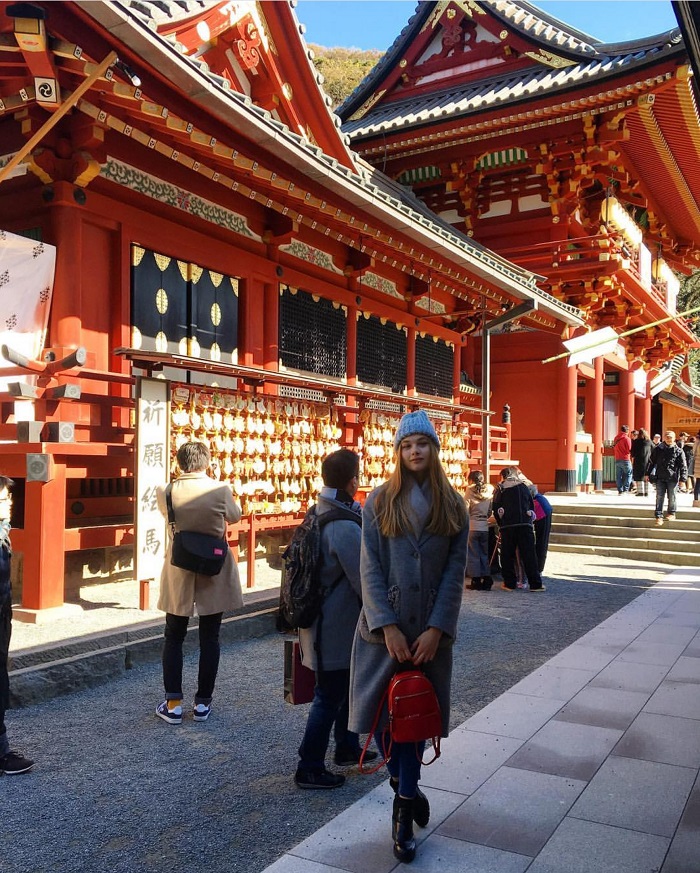
Coming to Tsurugaoka Hachimangu Shrine is a series of ancient buildings of Kamakura city. The north side of Tsurugaoka Hachimangu is home to a large number of wonderful old Zen temples.
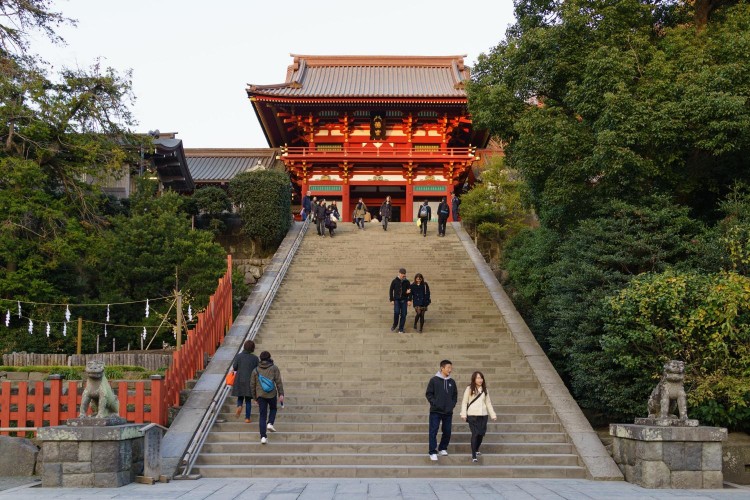
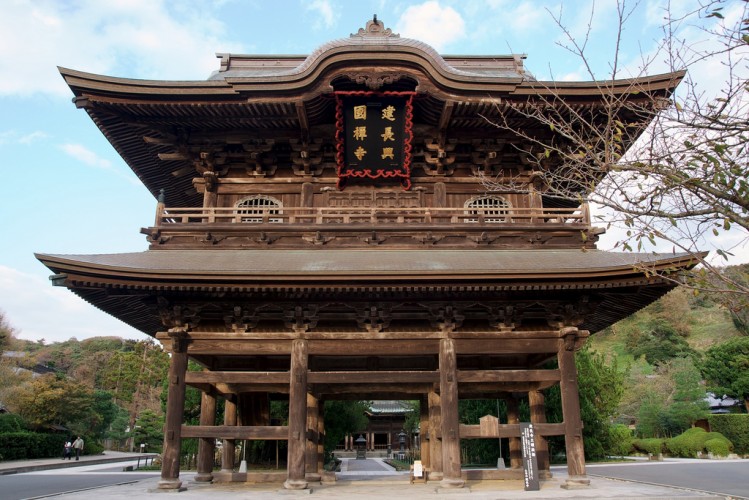
Engakuji Temple
Address: 409 Yamanouchi, Kamakura, Kanagawa 247-0062, Japan
Hours: 8 AM–4:30 PM
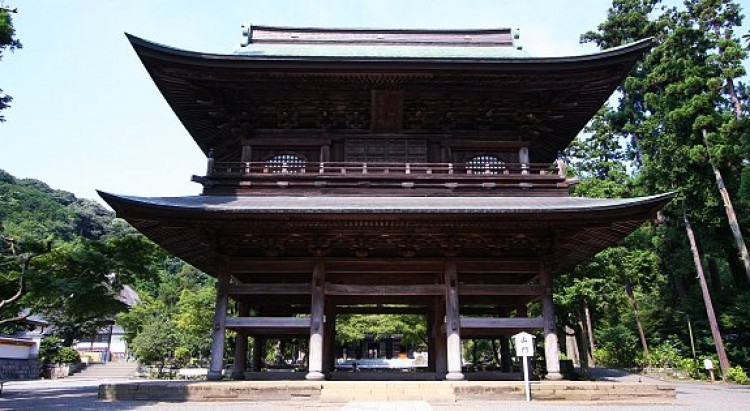
North of Kenchoji is Engakuji – another large temple. Engakuji Temple is famous for its architecture embodying the Zen spirit of Buddhism, and it also houses the tomb of Butsunichian, a famous sammurai who appeared in many immortal works of Japanese literature.
Engakuji Temple is one of the most important temples in eastern Japan, and the number two of Kamakura’s five great Zen temples. It is located in the Kita Kamakura area, and it is especially a popular spot for viewing autumn leaves.
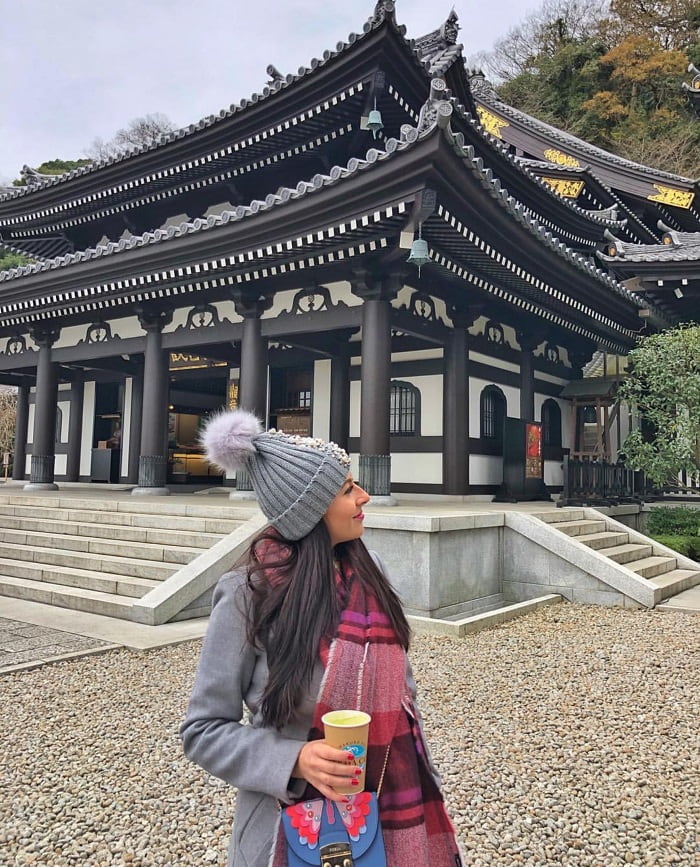
Meigetsuin Temple
Address: 189 Yamanouchi, Kamakura, Kanagawa 247-0062, Japan
Hours: 9 AM–4 PM
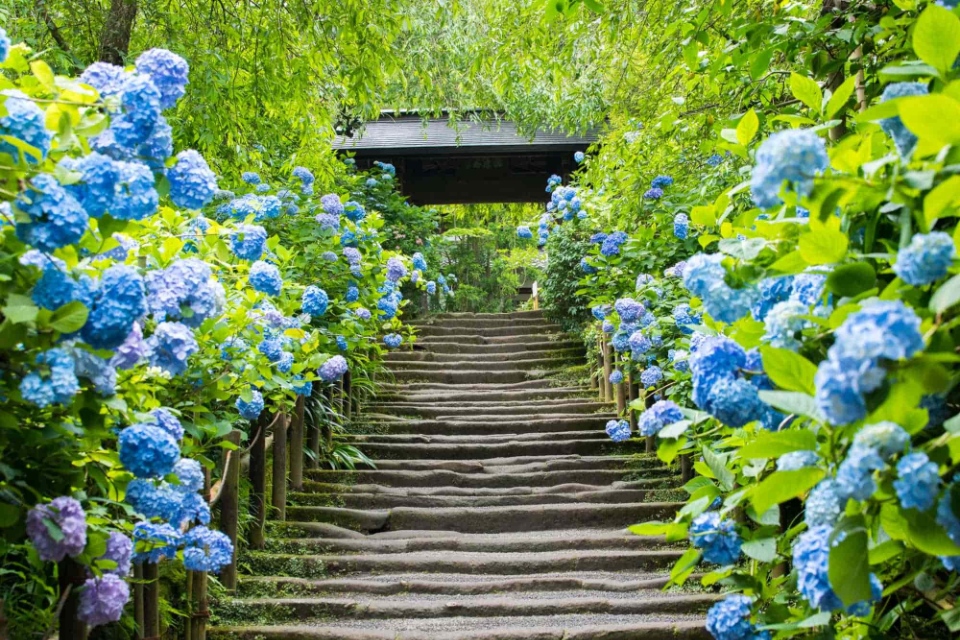
Temple with an elegant round window and a beautiful inner garden. Meigetsuin is also known as Hydrangea Temple (Ajisai Dera) because it owns a beautiful hydrangeas garden in season and attracts a large number of visitors. The temple is located in the Kita Kamakura area. Hydrangea season on summer days, coming here visitors will get beautiful pictures.
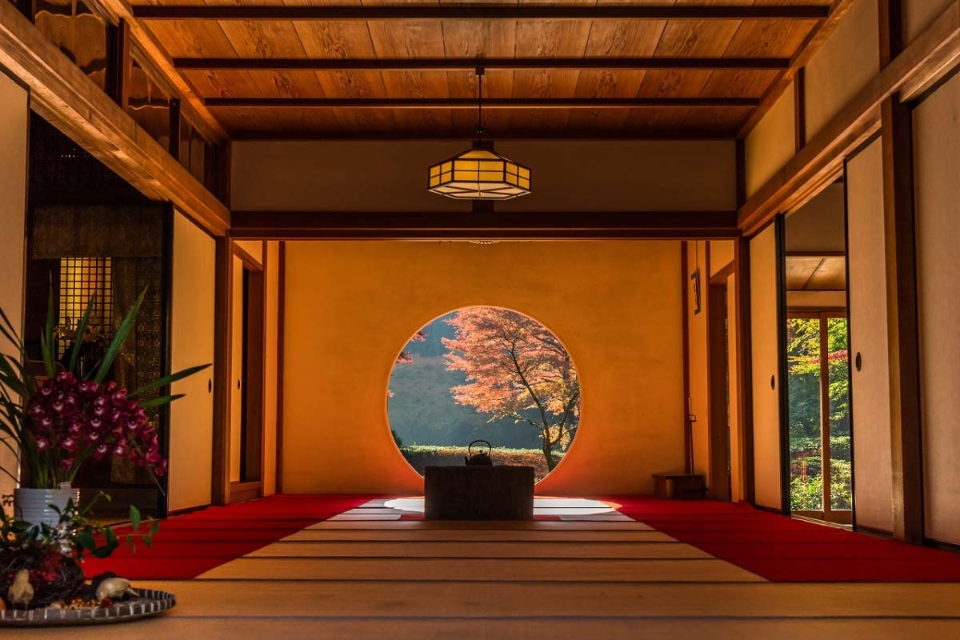
Hokokuji Temple (Bamboo Temple)
Address: 2 Chome-7-4 Jomyoji, Kamakura, Kanagawa 248-0003, Japan
Hours: 9 AM–4 PM
Hokokuji Temple was built in 1334, and is also the place of worship of two clans Ashikaga and Uesugi, this is one of the most beautiful and peaceful temples in this cherry blossom country.
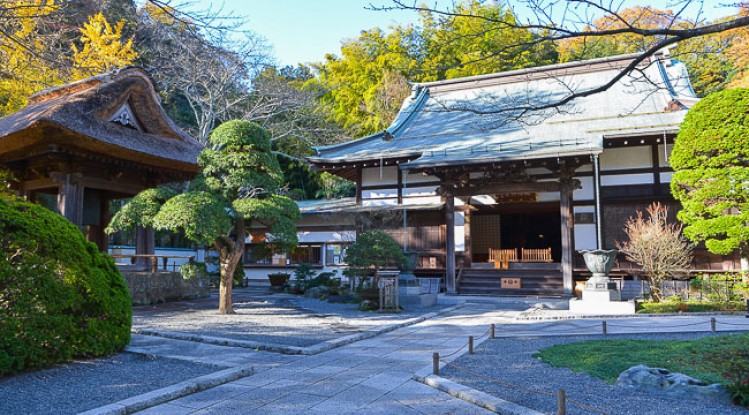
Bamboo is the most abundant tree in the temple, so it is also called Bamboo temple. Walking in the bamboo forest with the sound of rustling bamboo leaves and green color will surely make you feel comfortable and relaxed in your heart.
Along the route leading to the temple is a long green lawn with many bonsai pots. In the peaceful space of the temple, stop to admire dozens of Buddha statues carved from natural mountain rocks with completely different shapes and colors that will make you feel relaxed and time seems to stand still.
In the middle of the bamboo forest is a tea house where visitors can stop to enjoy the scenery, sip some tea and cakes. Enjoy the feeling of relaxation amidst the lush green bamboo forest. Listen to the rustling bamboo leaves, the birds chirping.
Money Laundering at Zeniarai Benten Shrine
Address: 2 Chome-25-16 Sasuke, Kamakura, Kanagawa 248-0017, Japan
Hours: 8 AM–4:30 PM
There is no verification of the truth of this money laundering stream, only knowing that every year many tourists come to this stream to wash their own coins. You will use a bucket to scoop up the water, then use the water to wash your money, then dry it with a towel and use it as usual.
People spread the word and say that if you launder money here, your money will be doubled that year. And so every year, this money laundering stream always attracts and receives a lot of domestic and foreign tourists coming here.
Enoshima Island

Enoshima island is about 20 km from the city center, this is an extremely romantic beach paradise of Kamakura. Enoshima is a small tidal island about 4km in circumference located at the mouth of the Katase River, which flows into Sagami Bay in Japan. Especially now the island has been connected to the mainland by 2 bridges 600m long, in addition, at low tide you can also reach the island by walking.
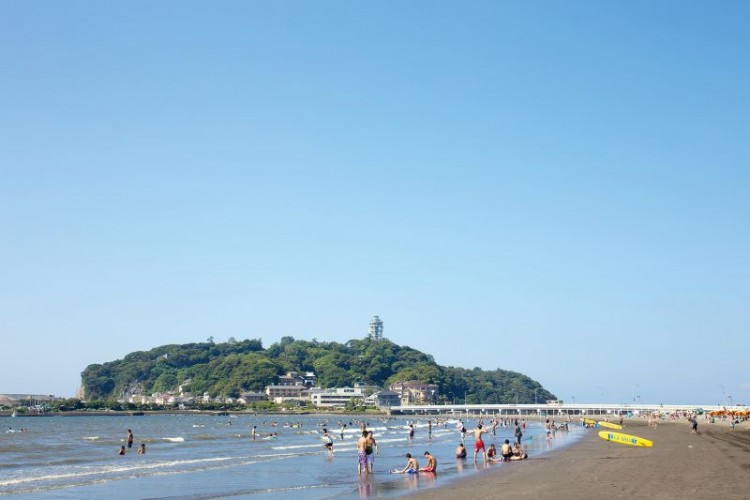
Convenient location, clean wide beach, great attractions such as aquarium, spa, lighthouse with observatory, shinto shrine… Enoshima island will definitely be a great choice for visitors.
Enoshima Shrine
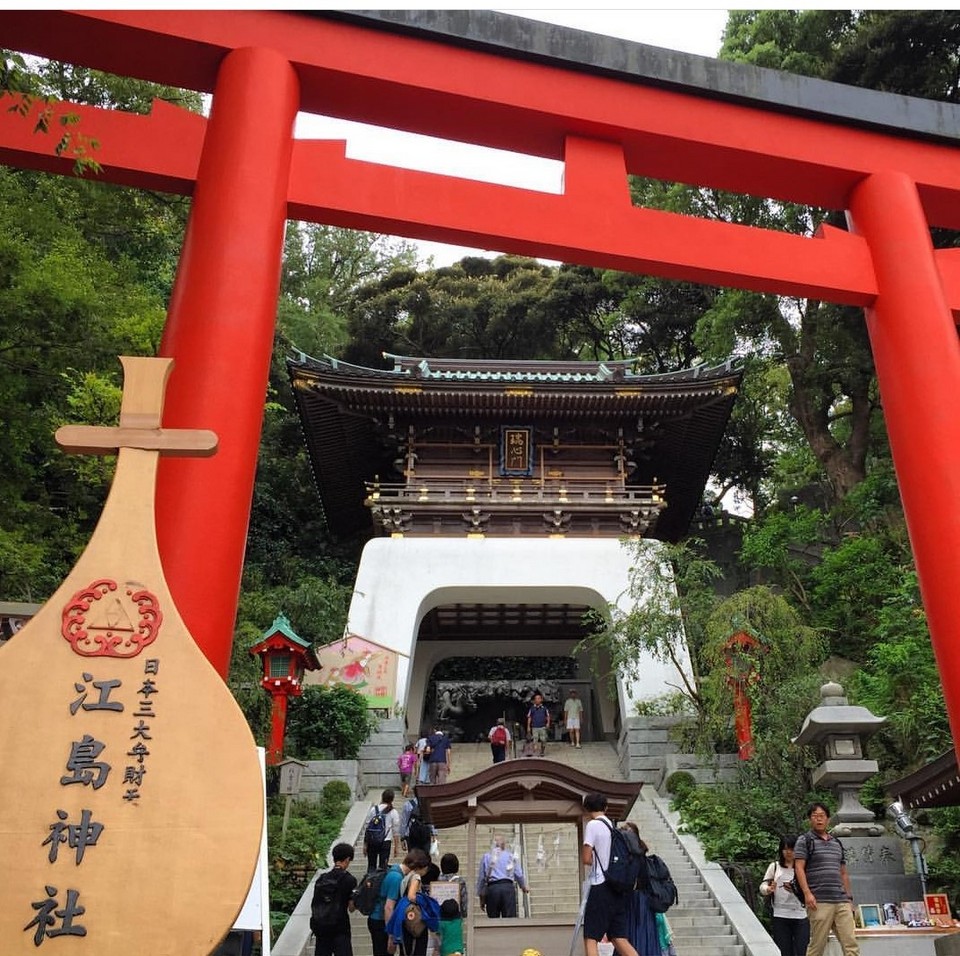
This is a famous sacred shrine on the island of Enoshima, which seems to span the whole island. Enoshima Shrine is divided into 3 sub-shrines: Outer Temple, Middle Temple and Inner Temple (He-tsu-miya, Naka-tsu-miya and Oku-tsu-miya) with its own activities and sightseeing spots. There is a pond with a sacred Dragon statue, if you lauder coins at this pond in the spring, good luck will come to you.
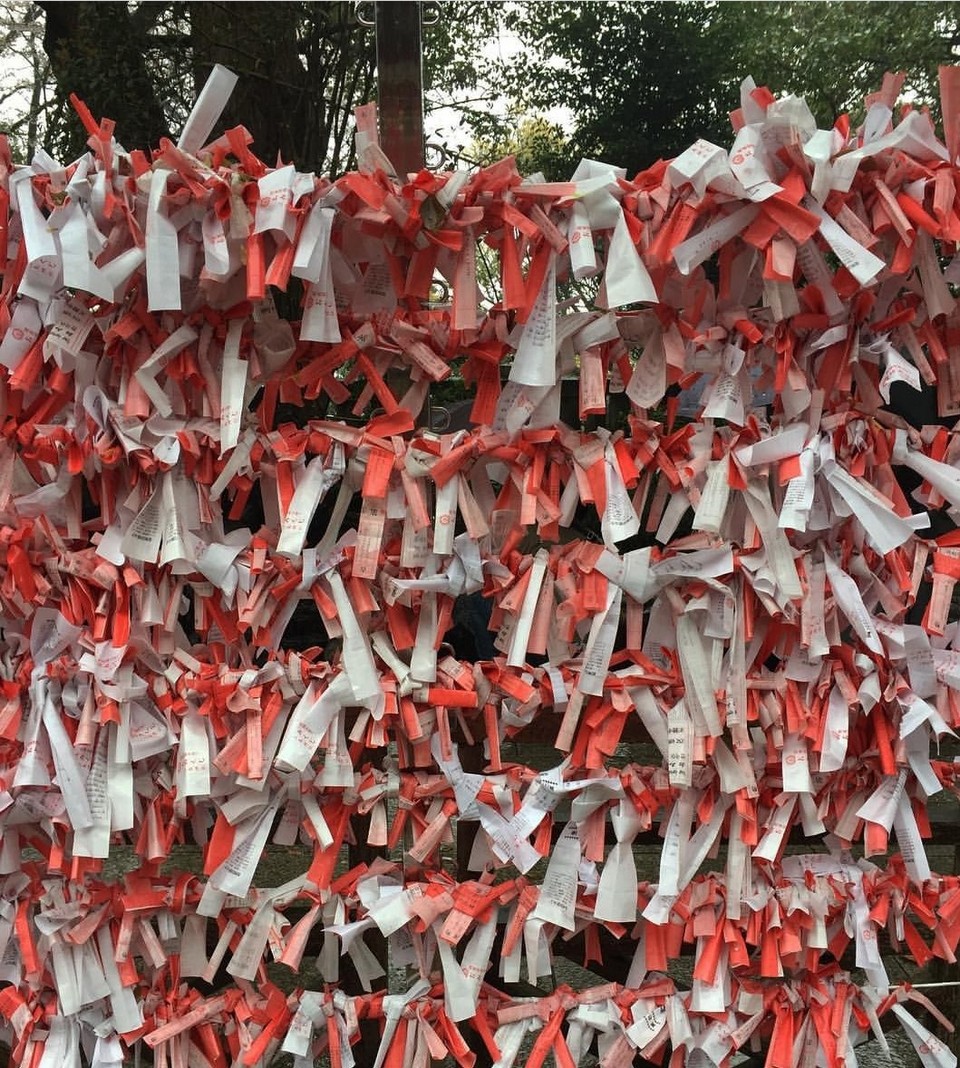
Besides, there is a large tree area surrounded by red wood pieces, a place where young people love to pray for love. There is also the love bell area, Ryuren, Samuel Cooking garden, etc. located in the Enoshima shrine. Going through all 3 areas of Enoshima temple is a true pilgrimage, a bit tired because the temple areas are quite far apart, but in return, a pure and peaceful soul.
Sasuke Inari Shrine
Address: 2 Chome-22-12 Sasuke, Kamakura, Kanagawa 248-0017, Japan
Sasuke Inari Shrine is located near Genjiyama Park, perhaps a lesser-known site. People often go to this shrine to pray for business prosperity and good luck. Upon entering the shrine, you’ll be greeted by the vibrant red Torii gates, and white fox statues scattered throughout the grounds.
Sasuke Inari is a shrine to the god Inari Ōkami also known by the familiar name of the fox god. Although Sasuke Inari is not a popular tourist attraction in Kamakura, it is the perfect place for you to get new experiences.
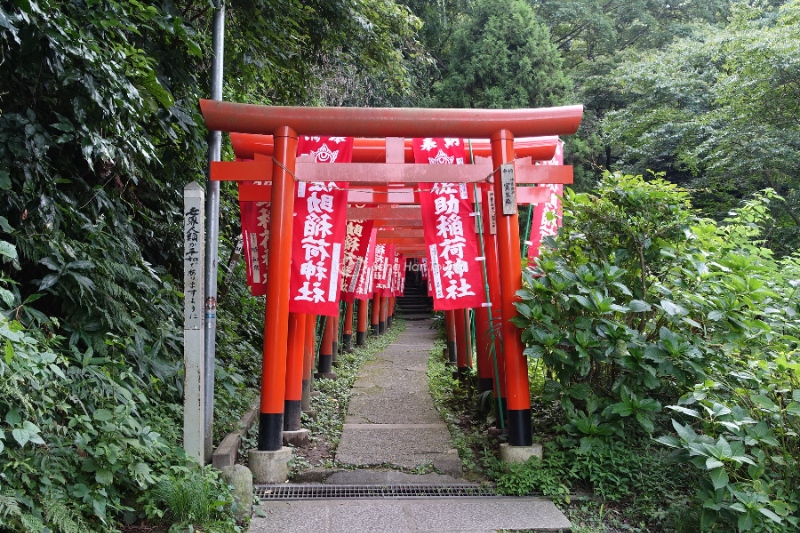
This temple as mentioned above is the typical image of a fox. Because in Japanese culture, fox is the messenger of the gods. They will carry your wishes to the supreme gods. In particular, the fox god temple is suitable for praying for success in career, fortune, salary…
In addition, walking around the temple area you will admire many beautiful and majestic fox statues. The unique torii gate is what makes visitors fall in love with Sasuke Inari. Don’t forget to take great photos at this interesting place!
Joju-in Temple
Address: 1 Chome-1-5 Gokurakuji, Kamakura, Kanagawa 248-0023, Japan
Hours: 8 AM–5 PM
Joju-in Temple is a tourist attraction in Kamakura located right next to the beach with beautiful views. This stately temple was built in 1219. This is where Kukai Master practiced in early Heian period Japan.
Coming to Joju-in you will feel the spiritual atmosphere in Japanese culture that covers the whole temple. From the entrance gate, the path to the main hall are dark brown colors showing the ancient beauty.

During the summer, Joju-in Temple receives a large number of visitors from many places who come to worship and see hydrangeas. Looking down from the temple, you will admire the long path leading down to the beautiful sea with flowers Ajisai (Japanese name for hydrangea). June is the best time to go to Joju-in because this time coincides with the blooming Ajisai season.
Praying for Love at Kuzuharaoka Shrine
Address: 5 Chome-9-1 Kajiwara, Kamakura, Kanagawa 247-0062, Japan
Hours: 8:30 AM–4:30 PM
Kuzuhara Oka Shrine was honored as one of the four most famous shrines of Kanagawa Prefecture. This place owns typical indigenous architecture to create a feeling of relaxation and comfort for visitors.
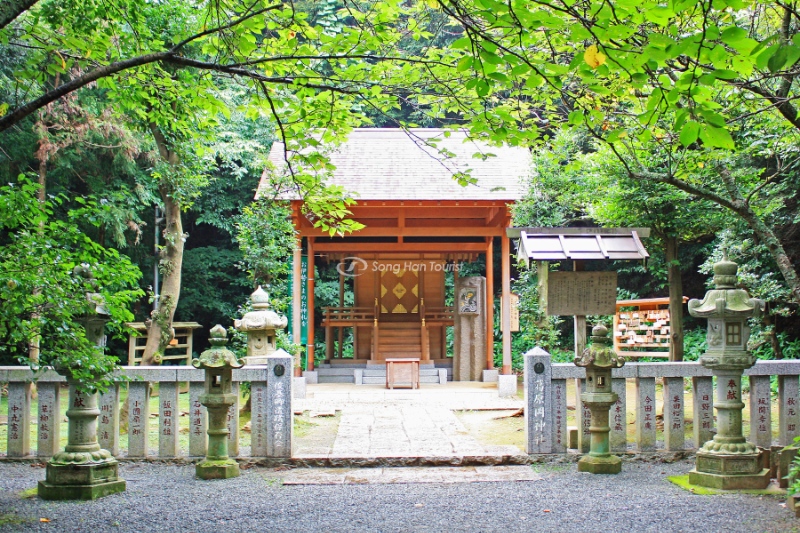
The most distinctive feature of Kuzuhara Oka Shrine is the sacredness of praying for love. Not only Japanese people but also foreign tourists with the desire to pray will come here. With the ritual toss the coin 5 yen into a small bowl with the meaning of eradicating bad luck in love. The participants in the prayer then buy a lucky charm and put a new 5 yen coin in it.
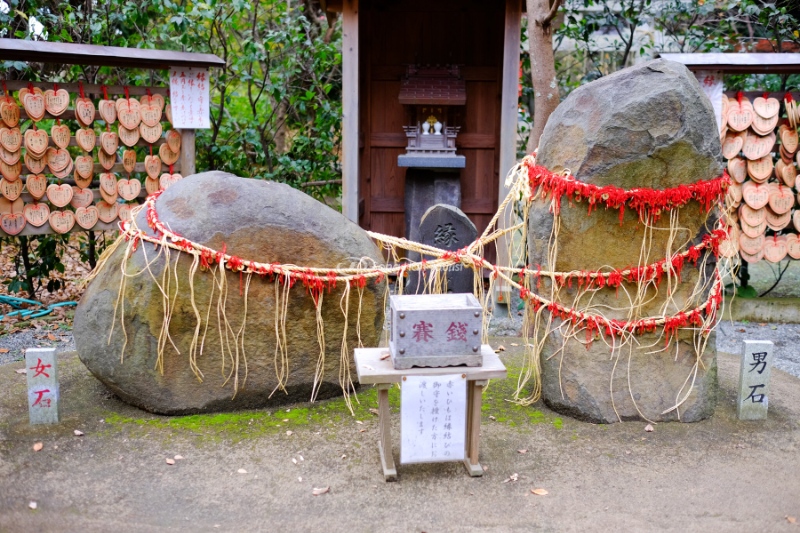
Komachi-dori shopping street
Komachi Street (Komachi Dori) is a shopping street located near Kamakura Station and stretching towards Tsurugaoka Hachimangu Shrine. There are hundreds of shops, cafes and restaurants lining the street. It’s the best place to eat and buy souvenirs. Plenty of shops offer handy street snacks that you can enjoy while strolling the streets.
Komachi-dori is a favorite with visitors of all ages as it has almost everything you need in its shops. From souvenirs, electronics to food bought as gifts for relatives and friends.
This is home to a lot of souvenir shops along with cute little stalls selling snacks like crepes and dango made from glutinous rice flour. In addition to food, Komachi-dori also has many interesting grocery stores.
Walking around the neighborhood, you can also enjoy the unique cuisine of Komachi-dori. There are countless delicious dishes specializing in the Kamakura region, such as the unique soya bean ice cream mixed with black sesame. There are also delicious and attractive bean-based pastries waiting for you.
Yuigahama beach
Yuigahama is a 3.2 km long beach located on the south coast of Kamakura city. It can be reached from Kamakura station after 20 minutes on foot. In summer, the beach is extremely crowded. The water in Yuigahama is quite clean and beautiful, comfortable for you and your family to have interesting outdoor activities. Since the Meiji period this place has been noticed by many people. Gradually, water fun activities such as windsurfing, scuba diving… become popular and many people choose to experience.
On nice days, you can even walk and see Mount Fuji in the distance. To get here, walk from Enoden’s Yuigahama Station facing the sea. From July to August you can swim in the sea, beyond of this time you can walk to enjoy the peaceful space here.
In addition, along the beach are restaurants and food stalls. This is extremely convenient for you to relax, eat after take part in sea activities. On major holidays, this beach also gathers many outdoor dining stallsfor visitors to rest and enjoy delicious food.
Cafe
There are quite a few cafes along the beautiful sandy beach. To find it, you should walk from Shichirigahama Station to Hase Station.
Experience “old and nostalgic train” Enoden
The route is 20km long from Kamakura Station to Fujisawa Station. The train runs through peaceful residential areas along the coast, under the green trees, towards the inner city. The train moves slowly at a speed of about 12km/h. The scenery seen from the window of the carriage, the image of the green and yellow train running, surely you all want to keep them in your photo frames. It is also called old train because they have been used since the Meiji period.
Kamakura Kokomae Station
Address: 1-chōme-1 Koshigoe, Kamakura, Kanagawa 248-0033, Japan
After sitting on the Enoden train, the first destination in Kamakura to arrive there is the Kamakura Koko-Mae station dubbed the most beautiful station in Japan. If you is interested in Slam Dunk, then this station is definitely a place that is not very strange. The setting here appeared in the opening of the hit anime series. Besides, when talking to me, I know that visitors coming here are not only Slam Dunk fans, but also a lot of people who are attracted by the beautiful scenery of this station.
Being located next to the sea and having great views has kept Kamakura koko-mae station always in the top of the most beautiful stations in Japan. If you go at the time the sun starts to setting down, you can go from Kamakurakokomae station back to Kamakura 2 stations, to Inamuragasaki station. From there, it’s about a 5-minute walk to Inamuragasaki, a famous sunset viewing spot. If the weather is good, you can even see the Mount Fuji in the distance.
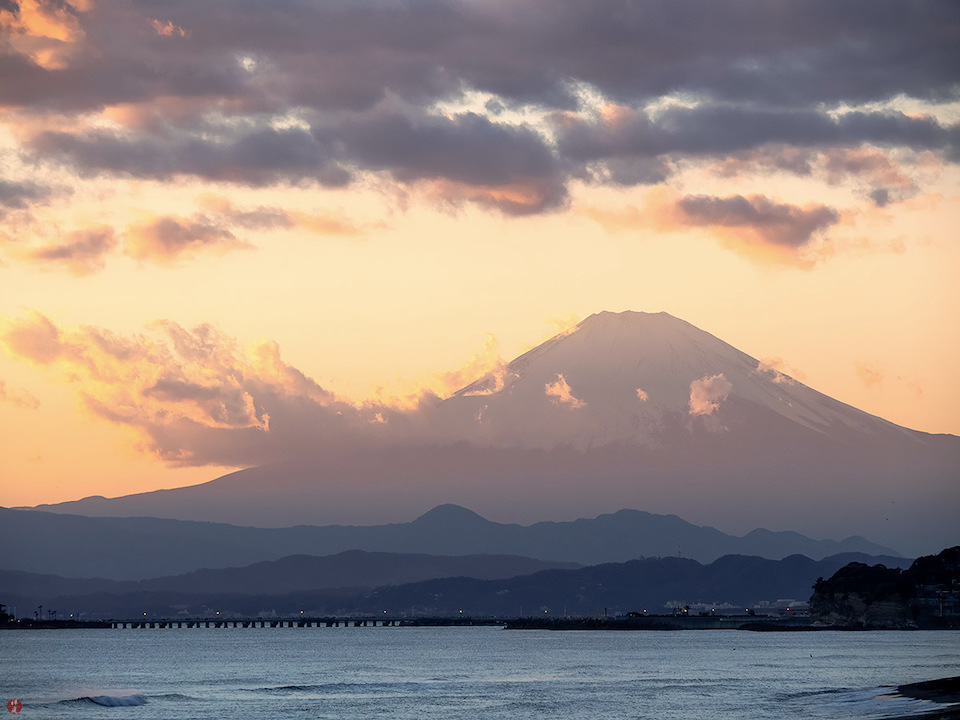
Shonan Monorail
After walking and eating, I started to board the Suspended Monorail called Shonan, the Japan’s very first suspended monorail. This train runs through the cities of Kamakura and Fujisawa in Kanagawa Prefecture, and was put into operation in March 1970. This is also the first suspended monorail line in Japan. Extended ride from Enoshima to Ofuna station. From Ofuna Station you will be able to catch the JR lines to go back to Tokyo easily.
At first, when I came here, I thought the train was only for tourism and would go very short. But in fact, the train runs to serve local guests to go to school or work, because of the nature of this area, it is not possible to make an underground rail, so the option of the train hanging upside down was chosen. When I came, my friends and I were the only tourists. What is more surprising is that the train has been around since 1970, but it looks like it came out of a futuristic world.
What to eat?
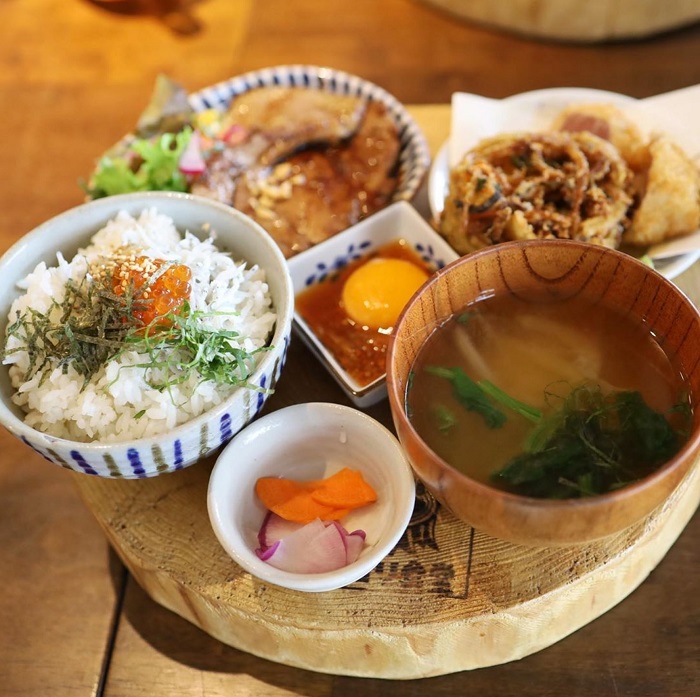
Kamakura is a treasure trove of delicious eateries with tempting souvenirs, just a short stroll and you’ll find many of your favorite shops! Komachi Dori Street is definitely the place to stop for a delicious Japanese meal. This place gathers all the delicious food that visitors can buy to eat directly while watching the vendors prepare their food, and you can also eat while walking.
Kamakura is famous for its sophisticated and eye-catching cuisine. The dishes originating in Kamakura are not only delicious but also full of aesthetics. Visitors to Kamakura should not miss the opportunity to enjoy Matsutake, a rare mushroom in the world of mushrooms.
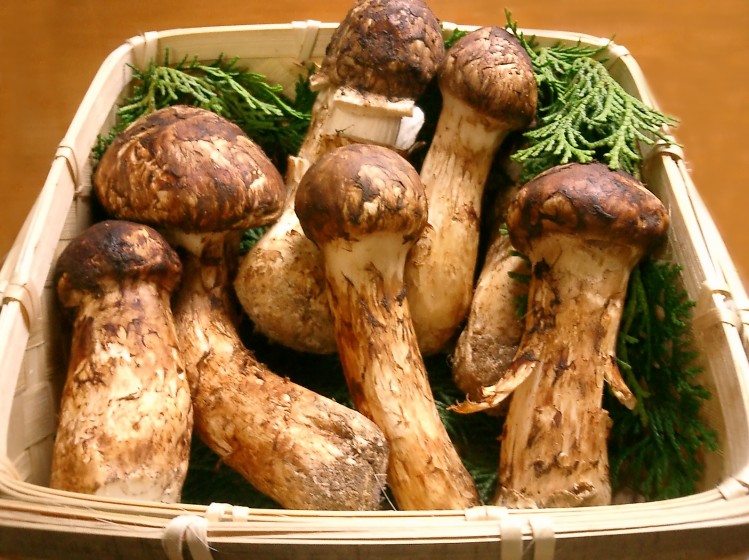
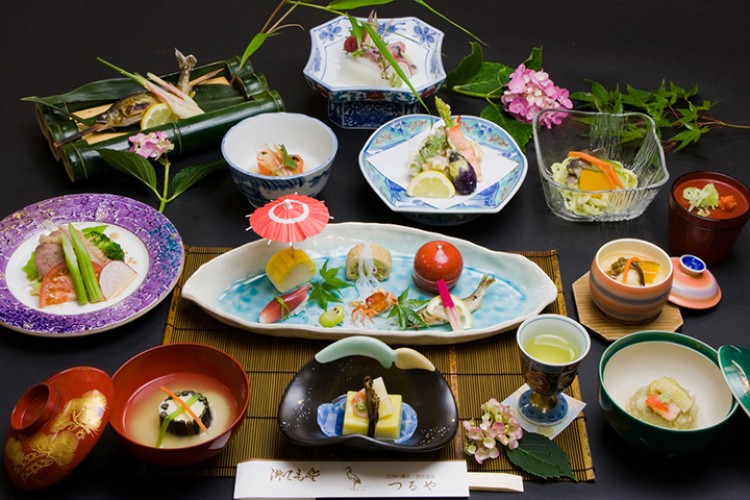
Tofu lovers should try Tofu Kaiseki
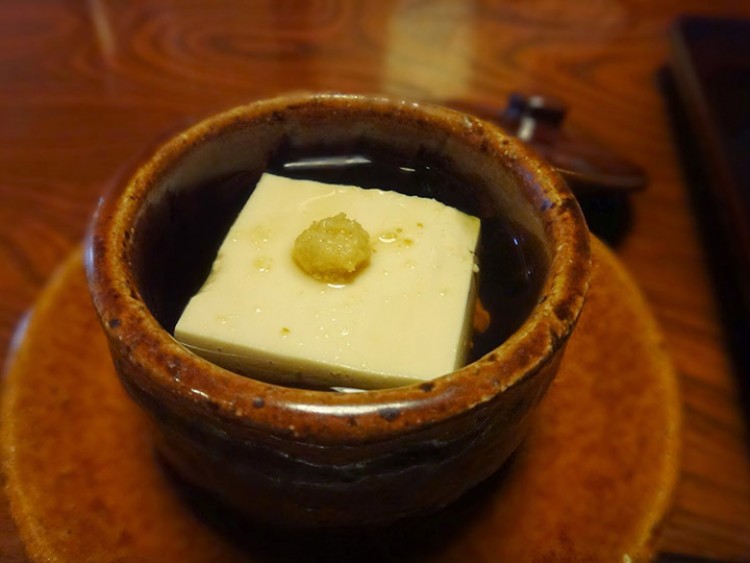
Kamakura is also famous for its tiny white fish (whitebait, shirasu). Try the Shirasu-don, in which raw or boiled small white fish is served with a bowl of steamed rice.
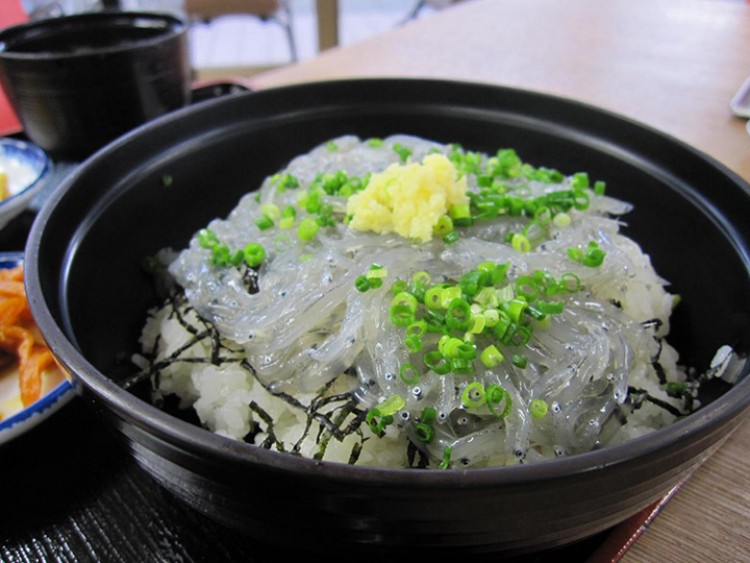
Sabure Hato Cookies – a famous specialty of Kamakura. Pigeon-shaped cookies were introduced by Toshimaya in 1894.
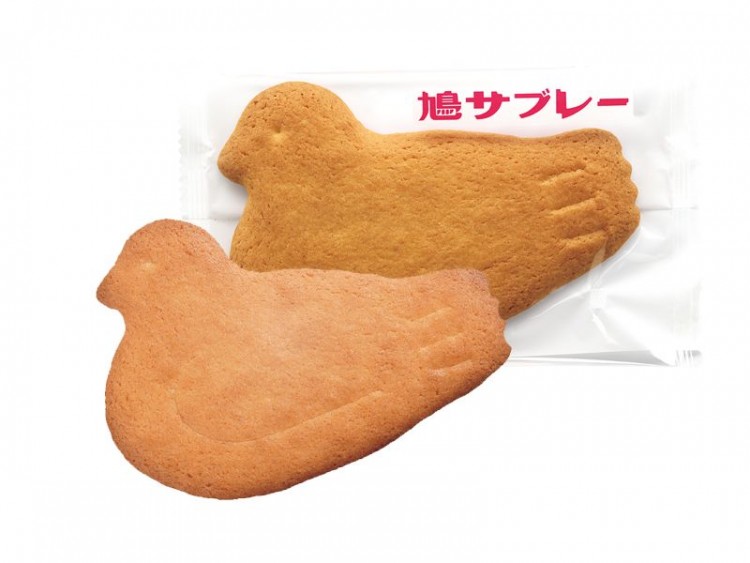
The old city of Kamakura is not flashy with bustling shopping centers like Tokyo, but in return it has busy and bustling markets selling a variety of items from fashion, electronics, handicrafts, etc. ..You will definitely want to stop at Komachi-dori street right at the east exit of Kamakura station, where there are many delicious food shops that visitors can buy right away, while walking and eating…
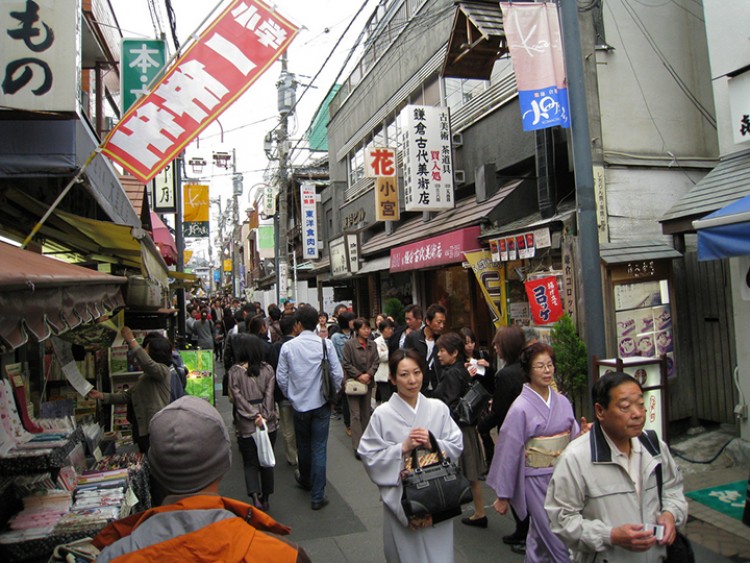

Where to stay?
Below we recommend more best budget, mid-range and upscale hotels with good ratings and reviews you can refer to.
- Sotetsu Fresa Inn Kamakura-Ofuna Higashiguchi (Agoda, Booking)
- Kamakura Prince Hotel (Agoda, Booking)
- Sotetsu Fresa Inn Kamakura-Ofuna kasamaguchi (Agoda, Booking)
- Kamakura Park Hotel (Agoda, Booking)
- GEN HOTEL KAMAKURA (Agoda, Booking)
- plat hostel keikyu kamakura wave (Agoda, Booking)
- Tosei Hotel Cocone Kamakura (Agoda, Booking)
- kamakura seizan (Agoda, Booking)
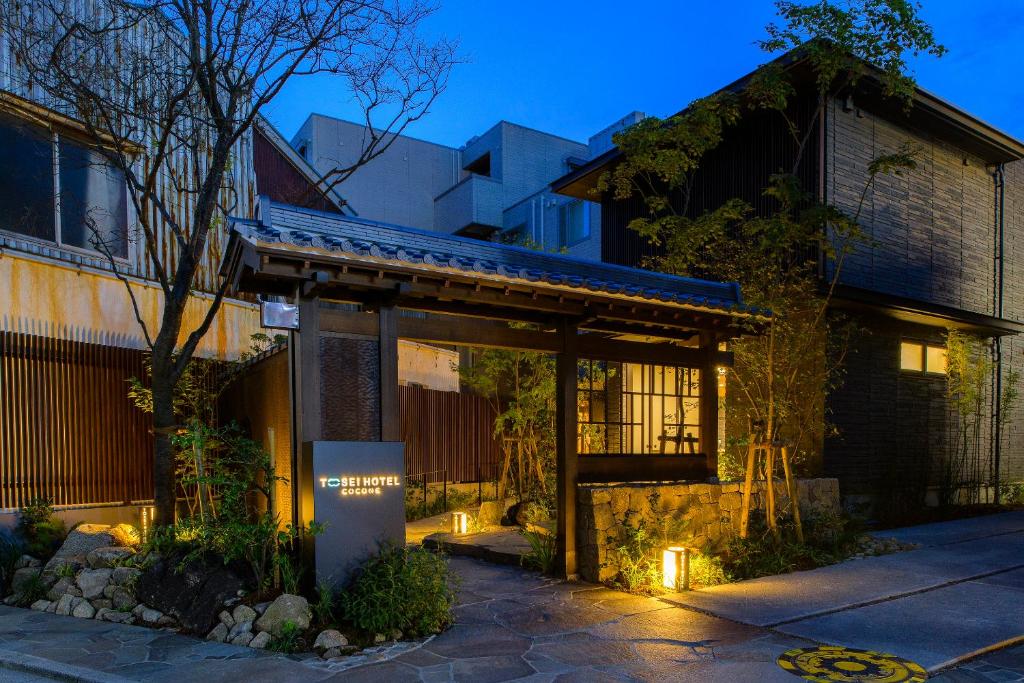
Some best day tours, trips, activities and transfer services, tickets in, from and to Kamakura you can refer to
- Kamakura and Enoshima One Day Tour
- Kamakura, Odawara & Enoshima 1 Day Tour
- Kamakura and Enoshima Island Tour from Tokyo
- Kamakura and Enoshima Island Tour from Tokyo with a Chinese-speaking Guide
- Kamakura Shrines and Temples Walking Tour
- Hidden Kamakura and Enoshima Bay Day Tour from Tokyo
- Yokohama, Kamakura, and Enoshima Anime Tour from Tokyo
- Private Full Day Trip to Kamakura and Enoshima from Tokyo
- Tokyo Hidden Kamakura and Enoshima Bay Drive Day Tour
- Kamakura Day Tour with Optional Kimono Rental from Tokyo
- Kamakura Essential Walking Tour + Local Experience from Tokyo
- 2-Day Yokohama and Kamakura Enjoy Pass
- Kamakura & Shonan Real-life Anime Locations Half Day Tour from Tokyo
It can be seen that Kamakura still retains its ancient feudal character, which has created a perfect destination for visitors to explore the beauty of Japan. Usually when traveling to Kamakura, people often make a day trip. However, if you have a chance, please spend one night stay here to fully feel the atmosphere and peaceful beauty of this place.
































